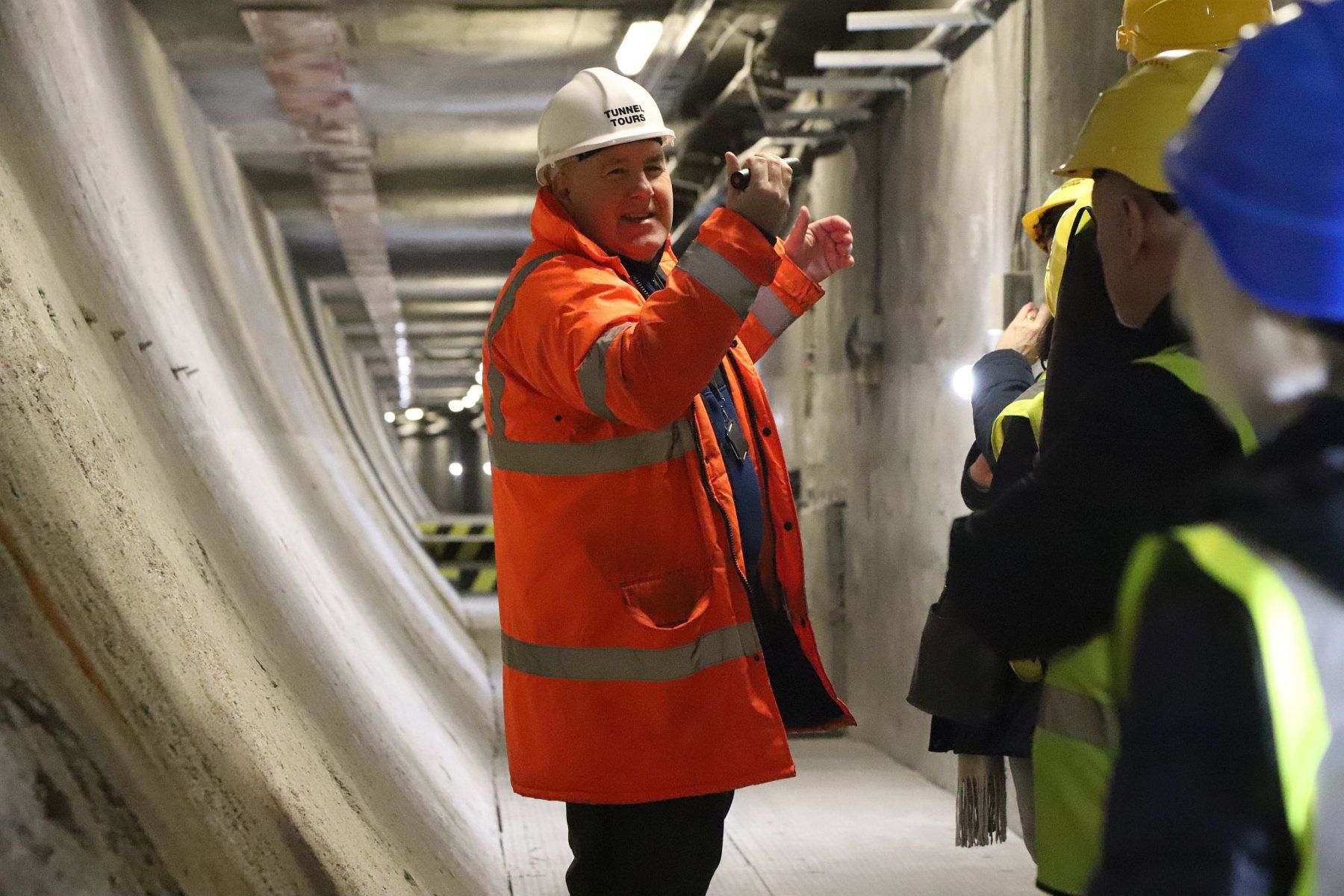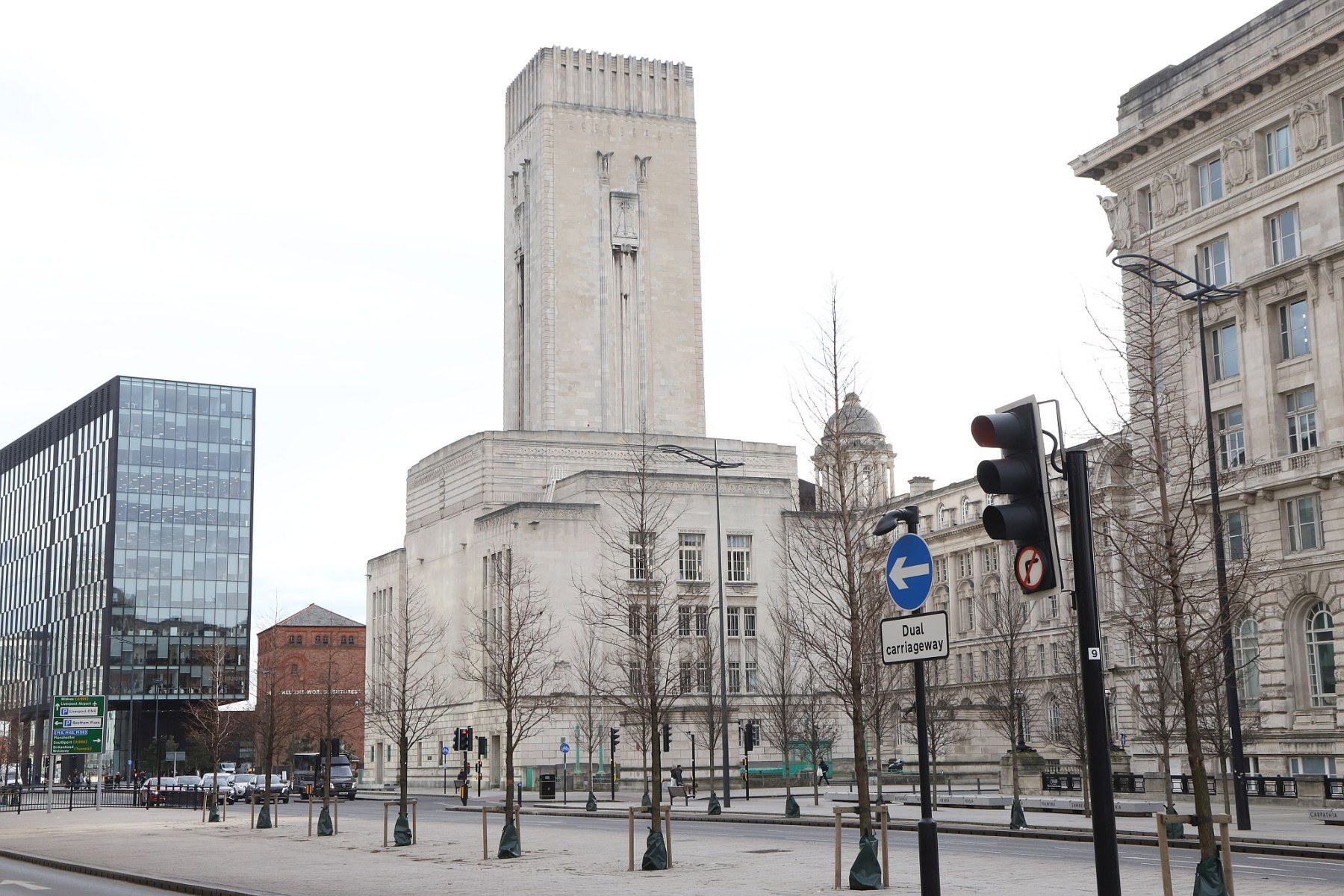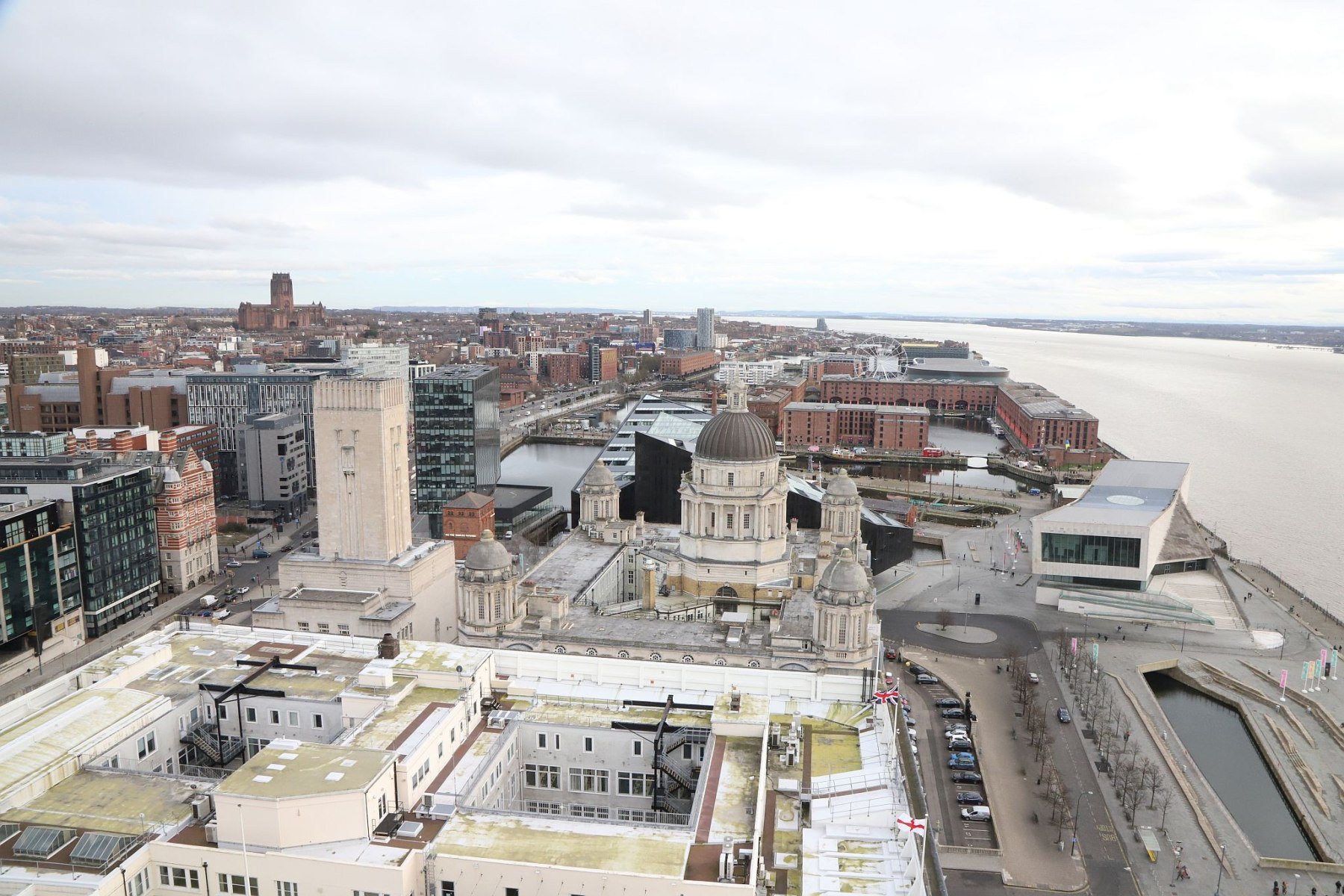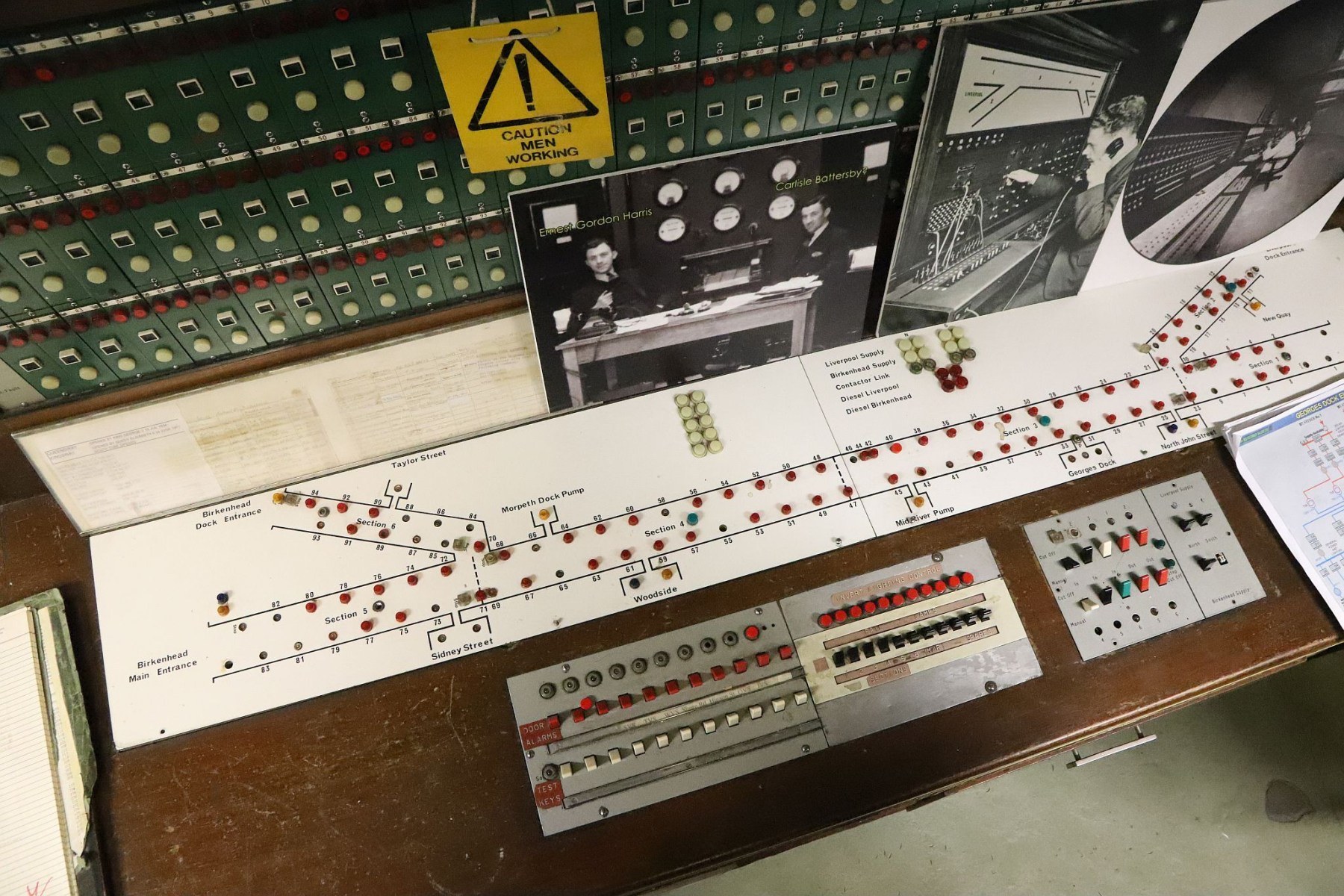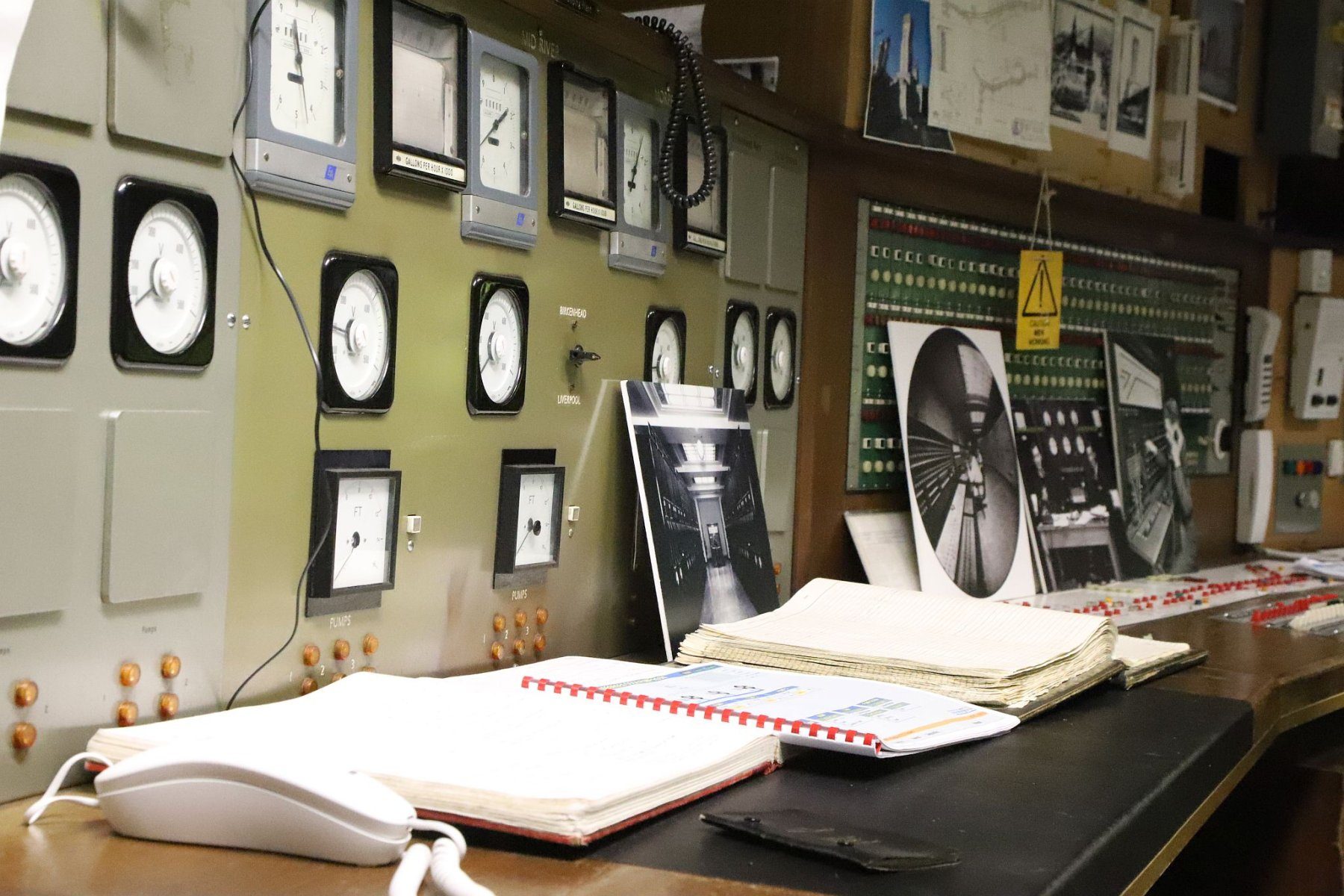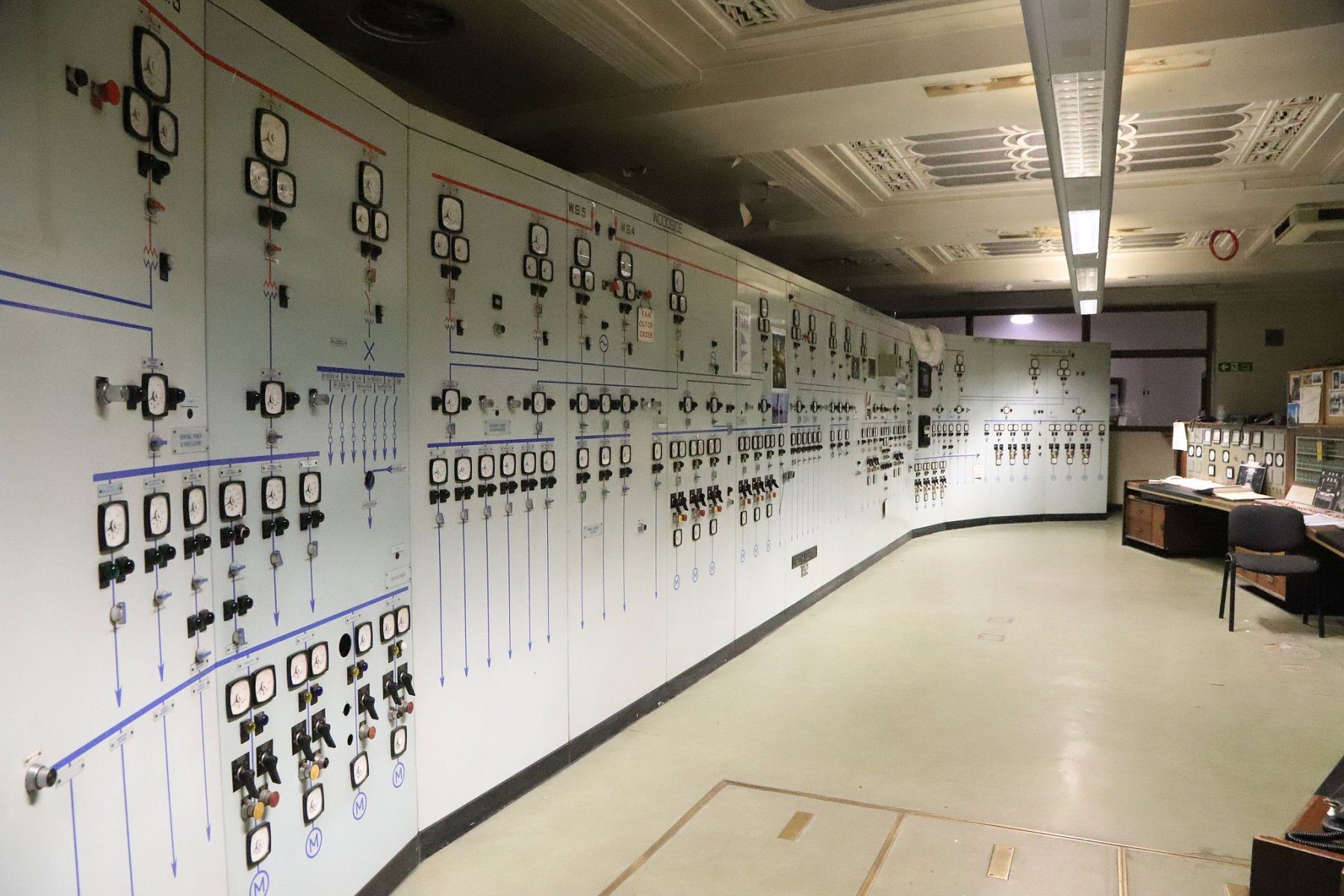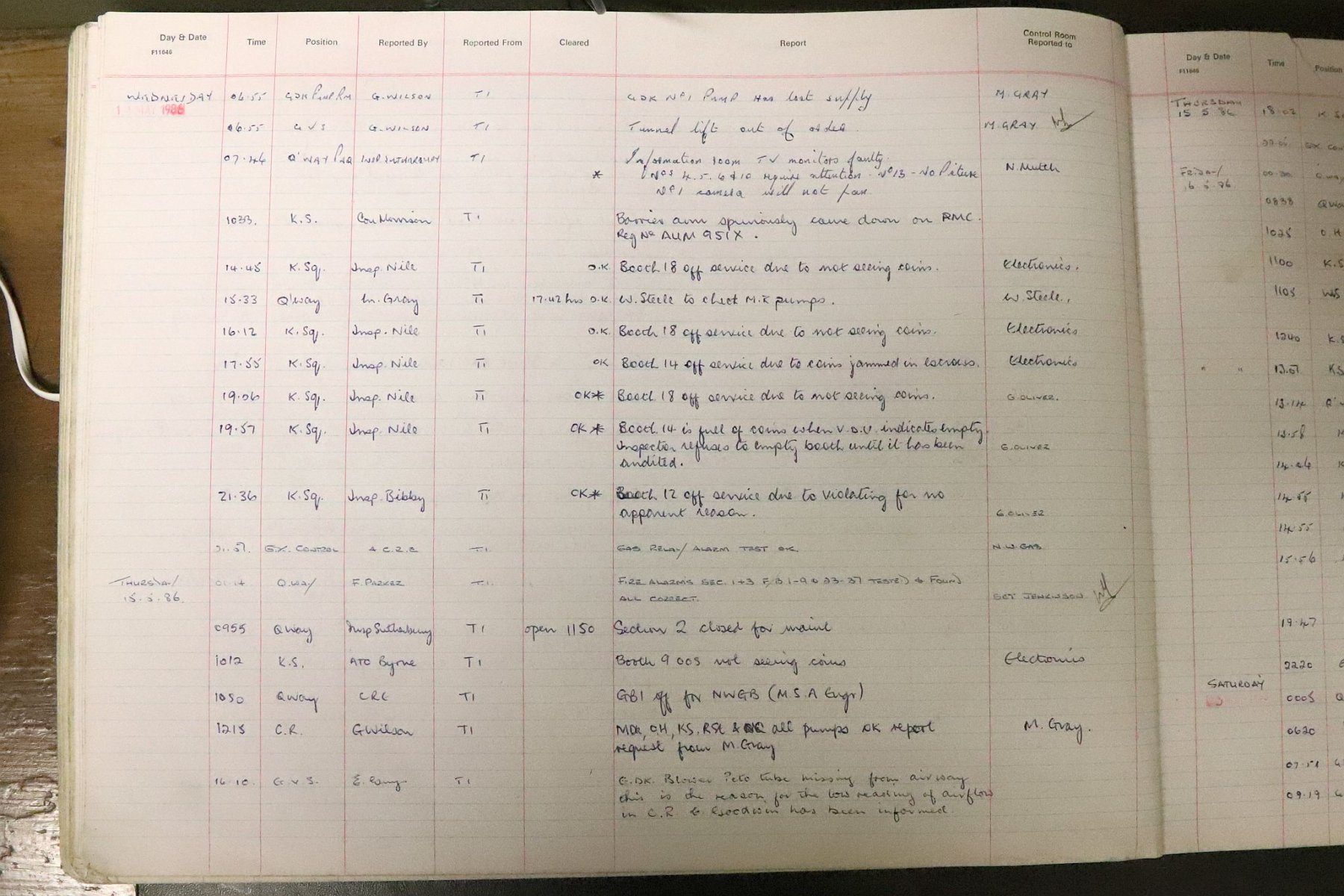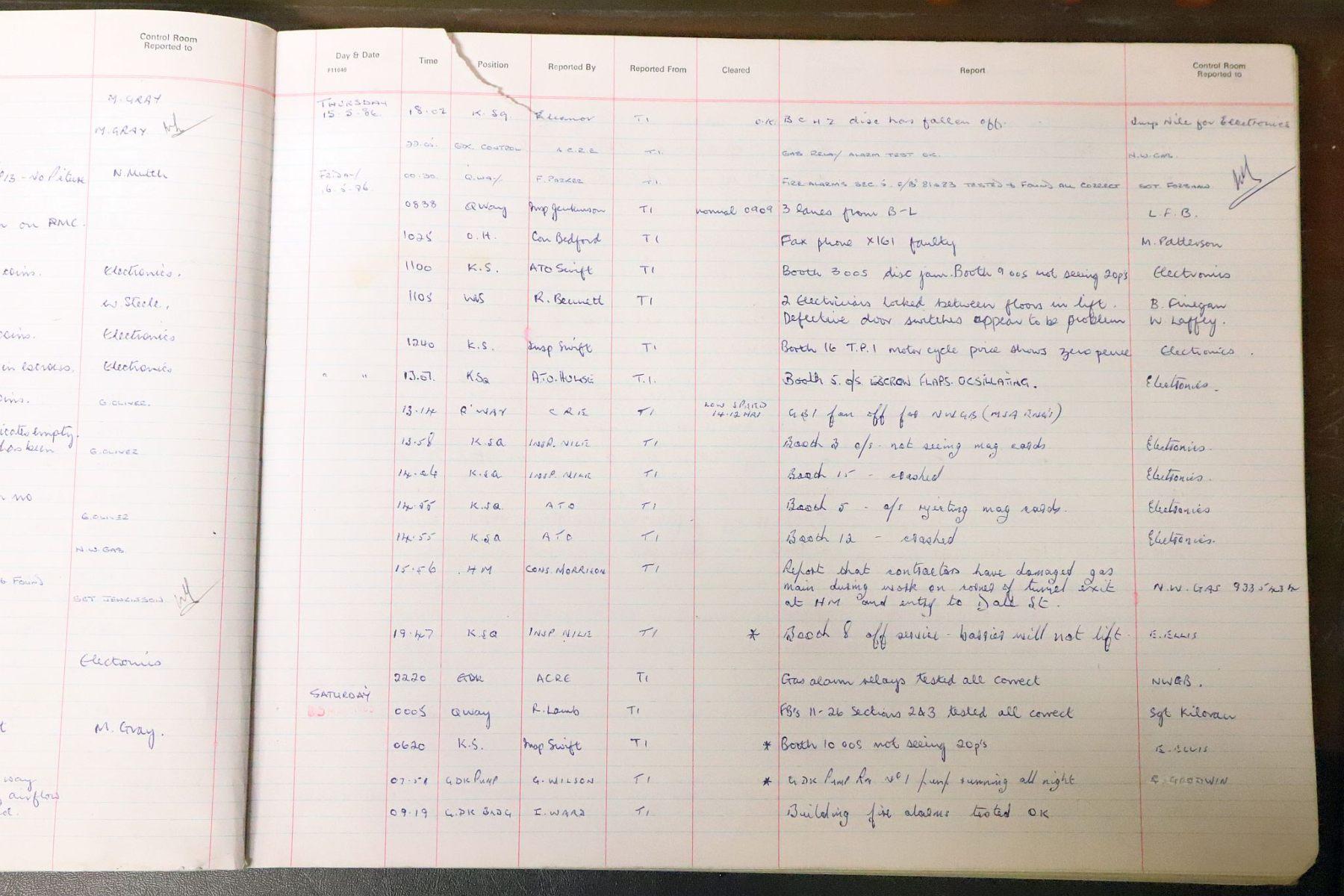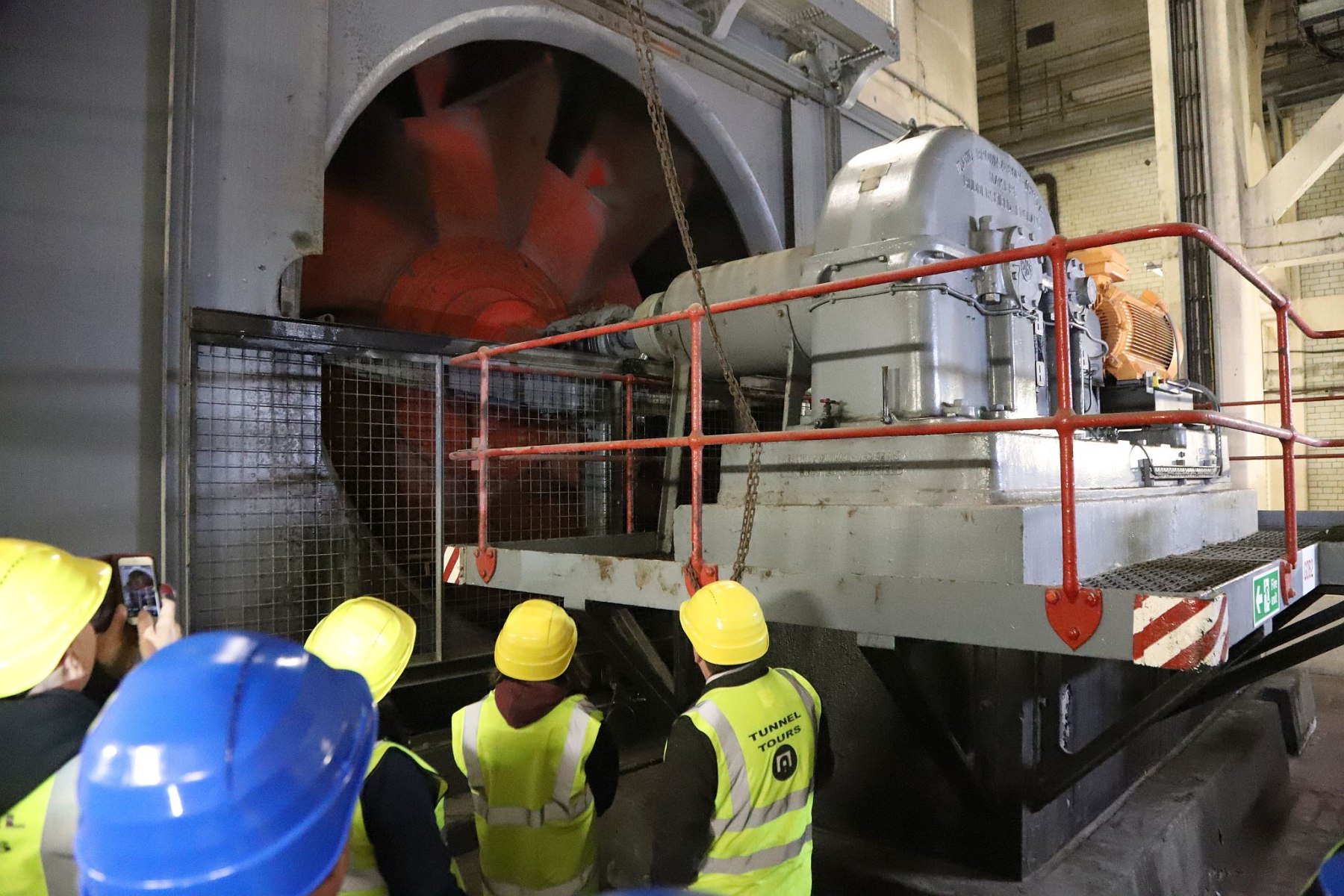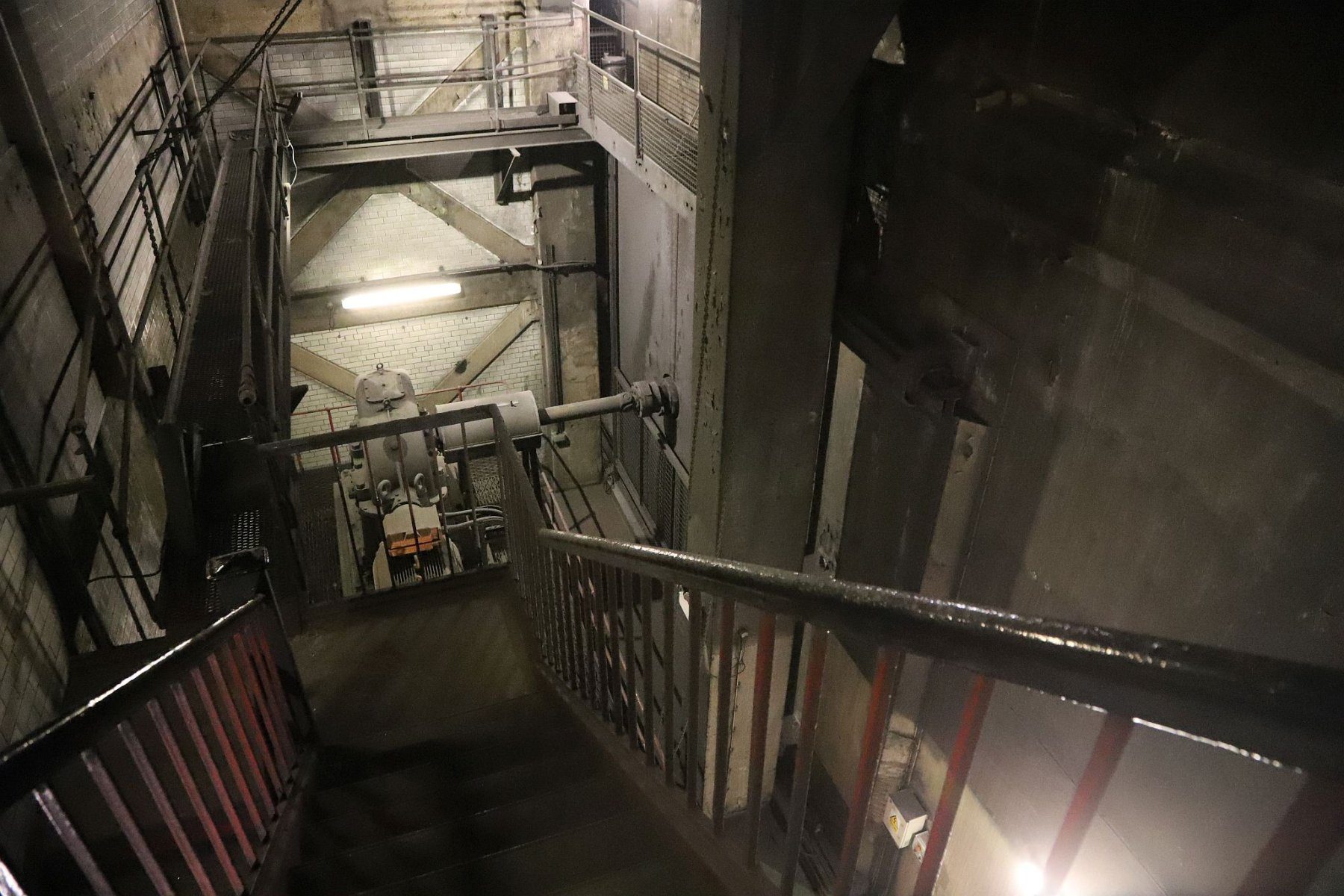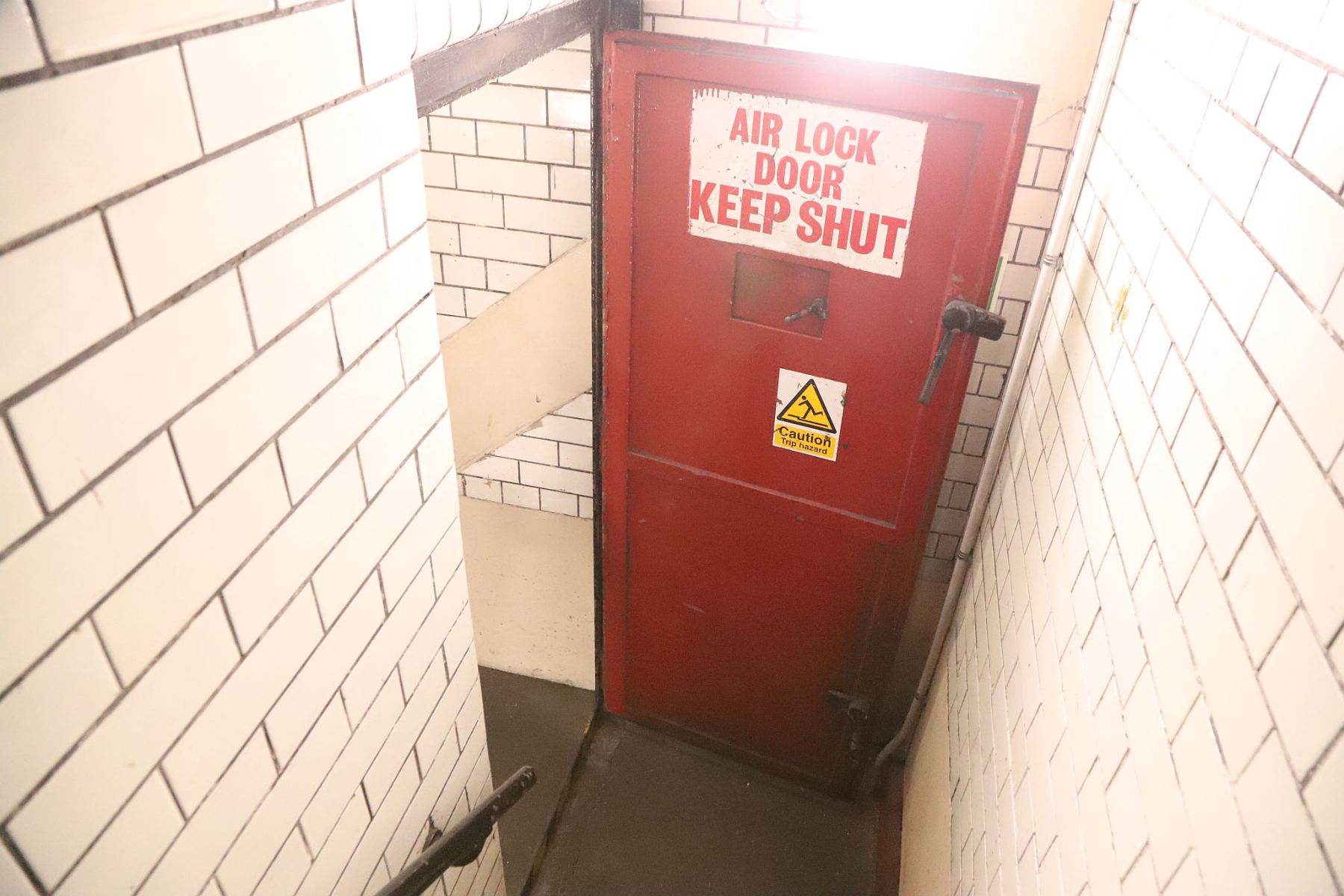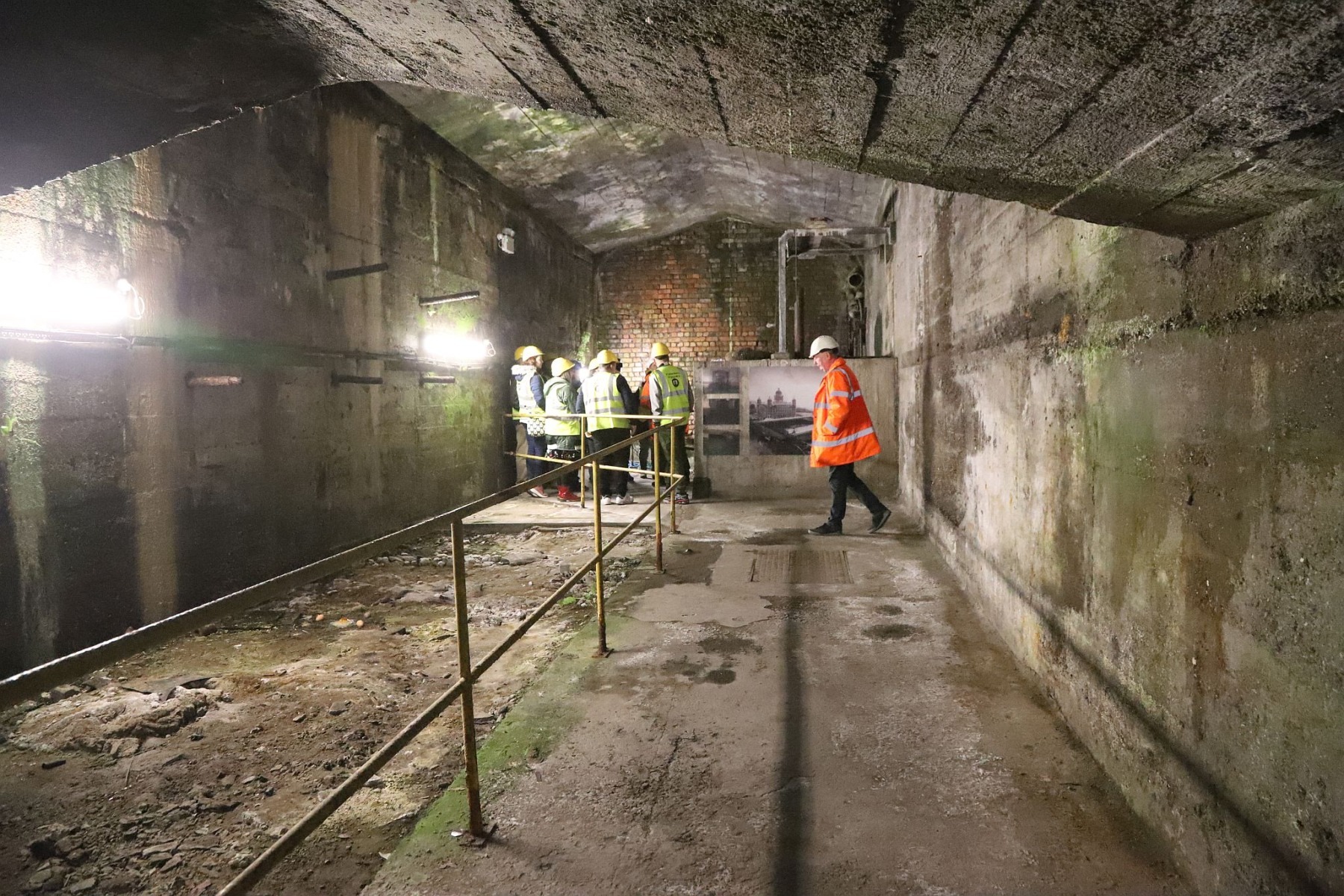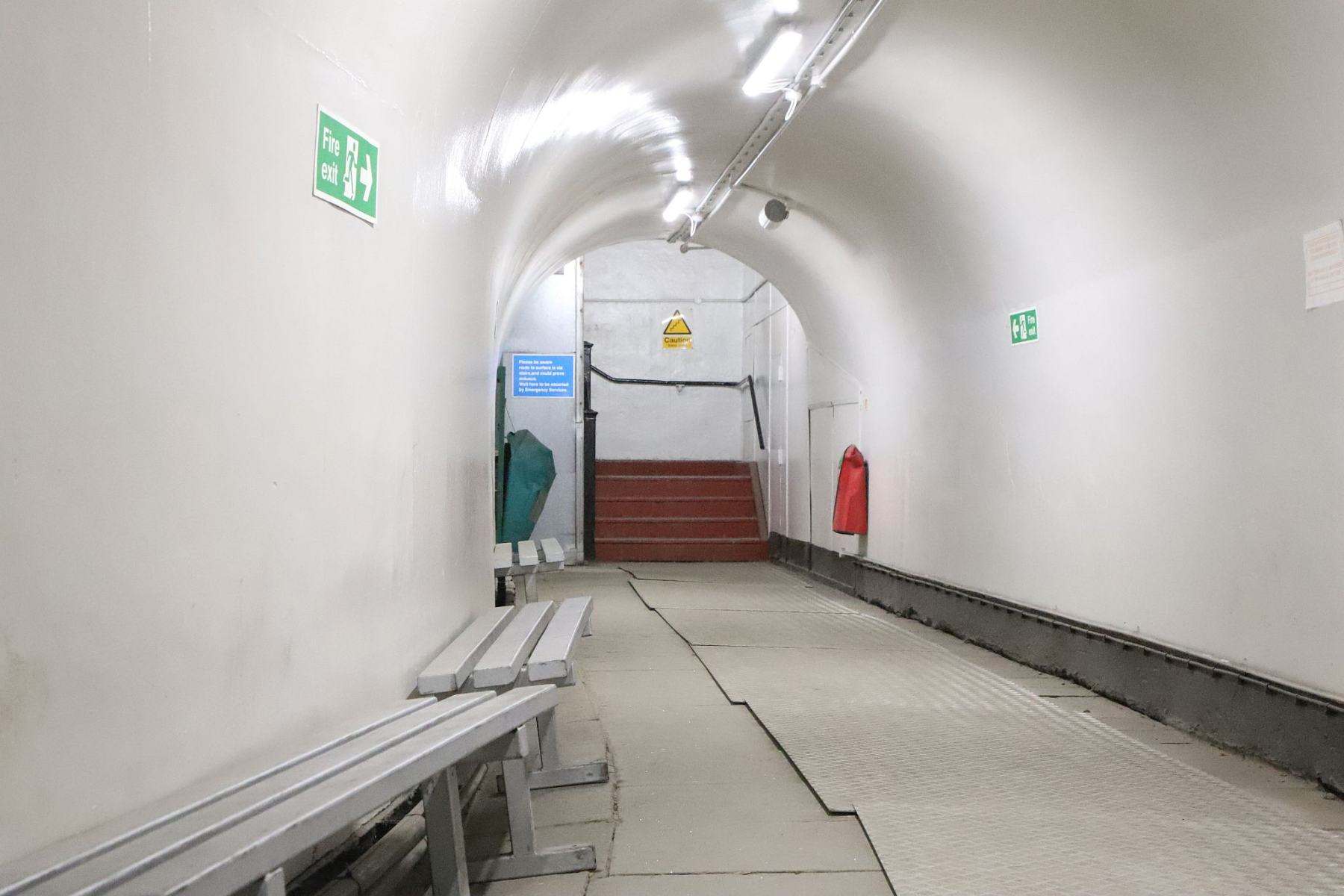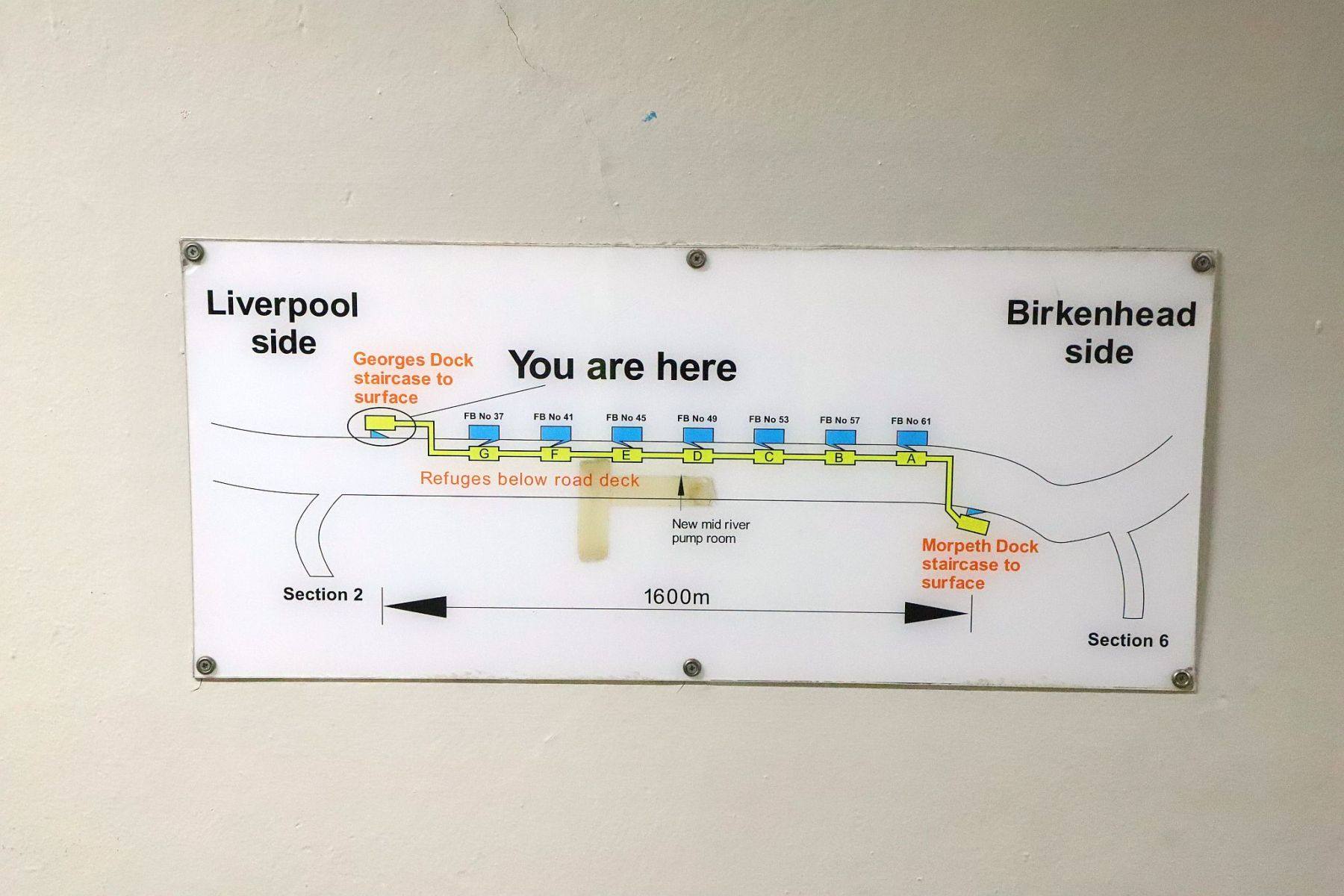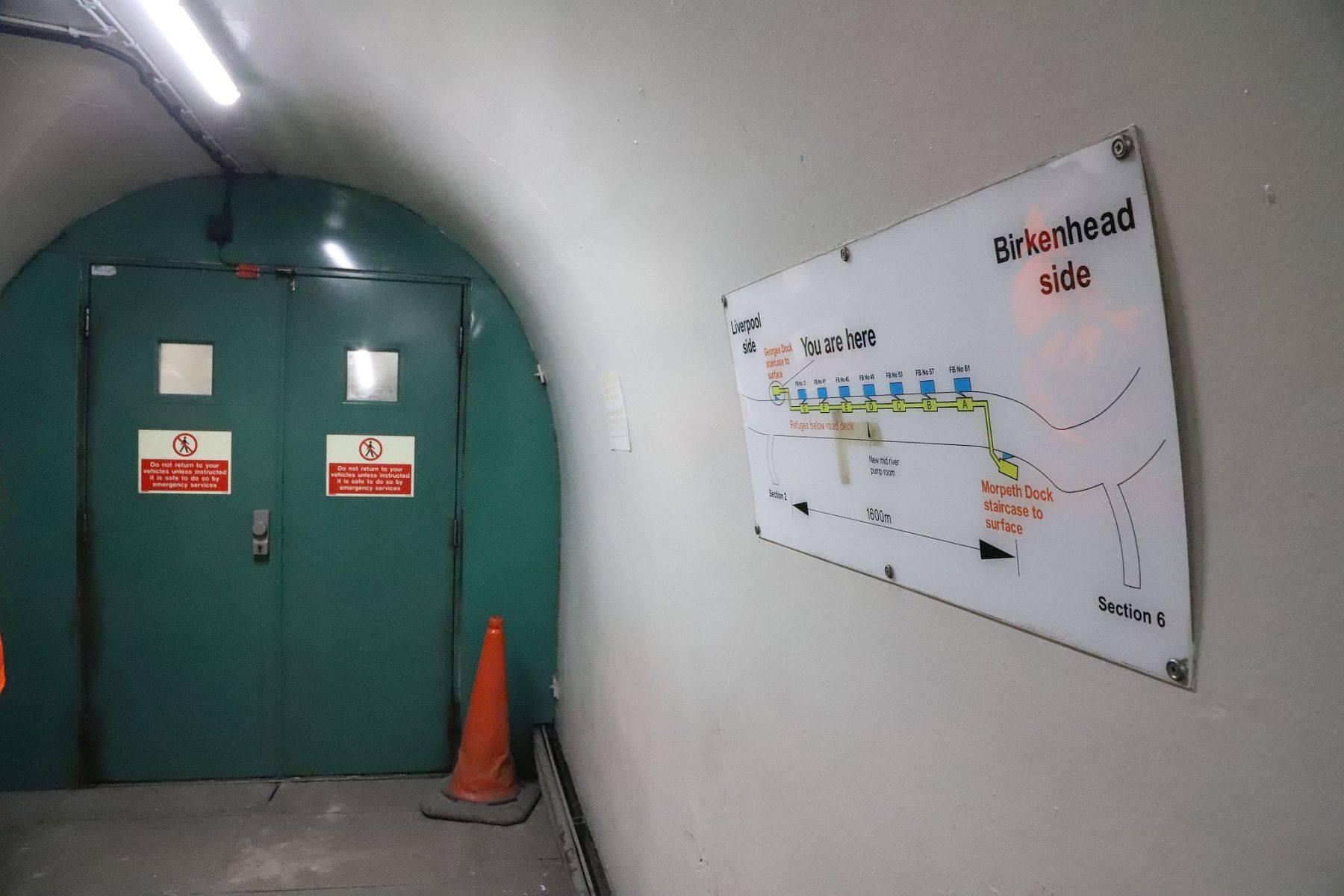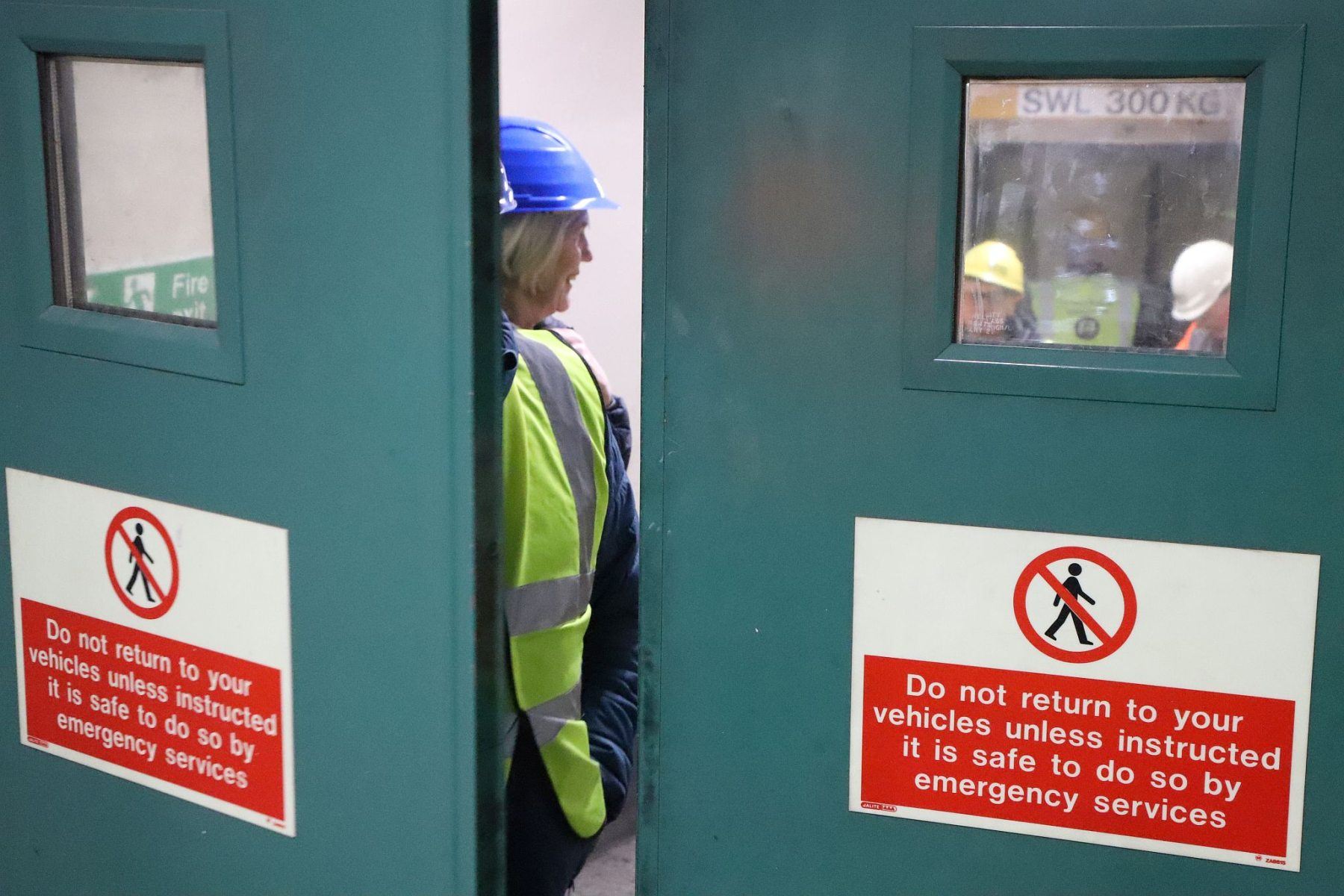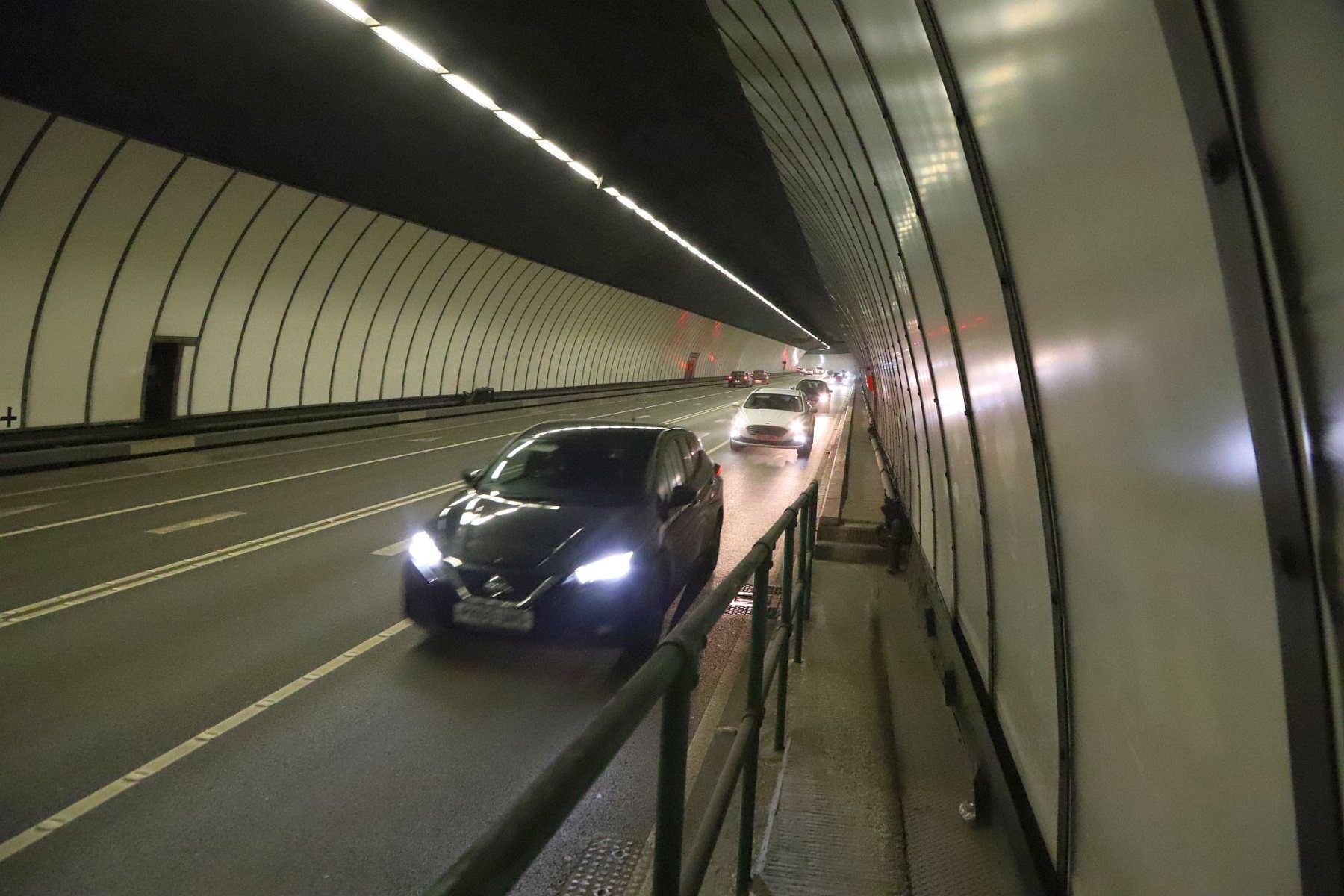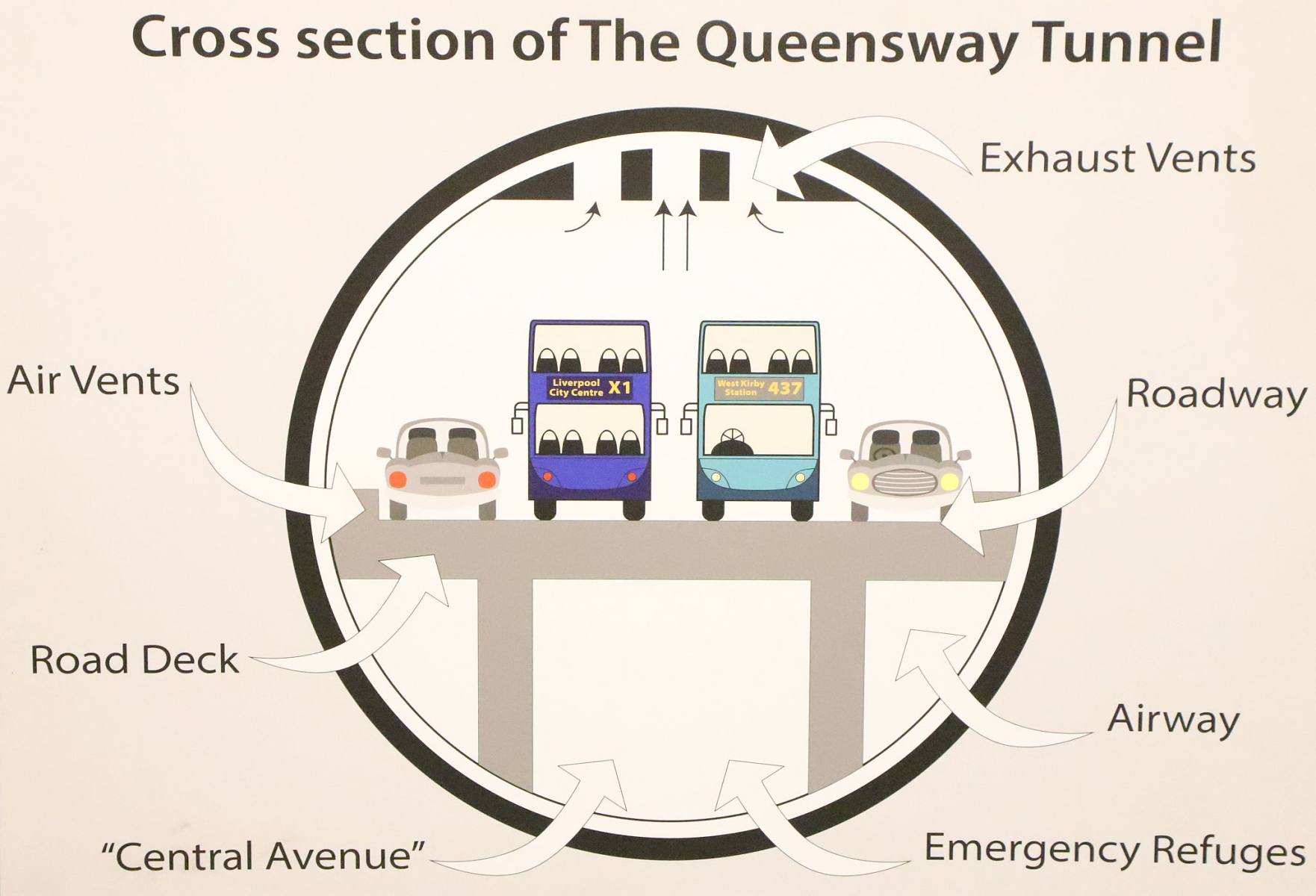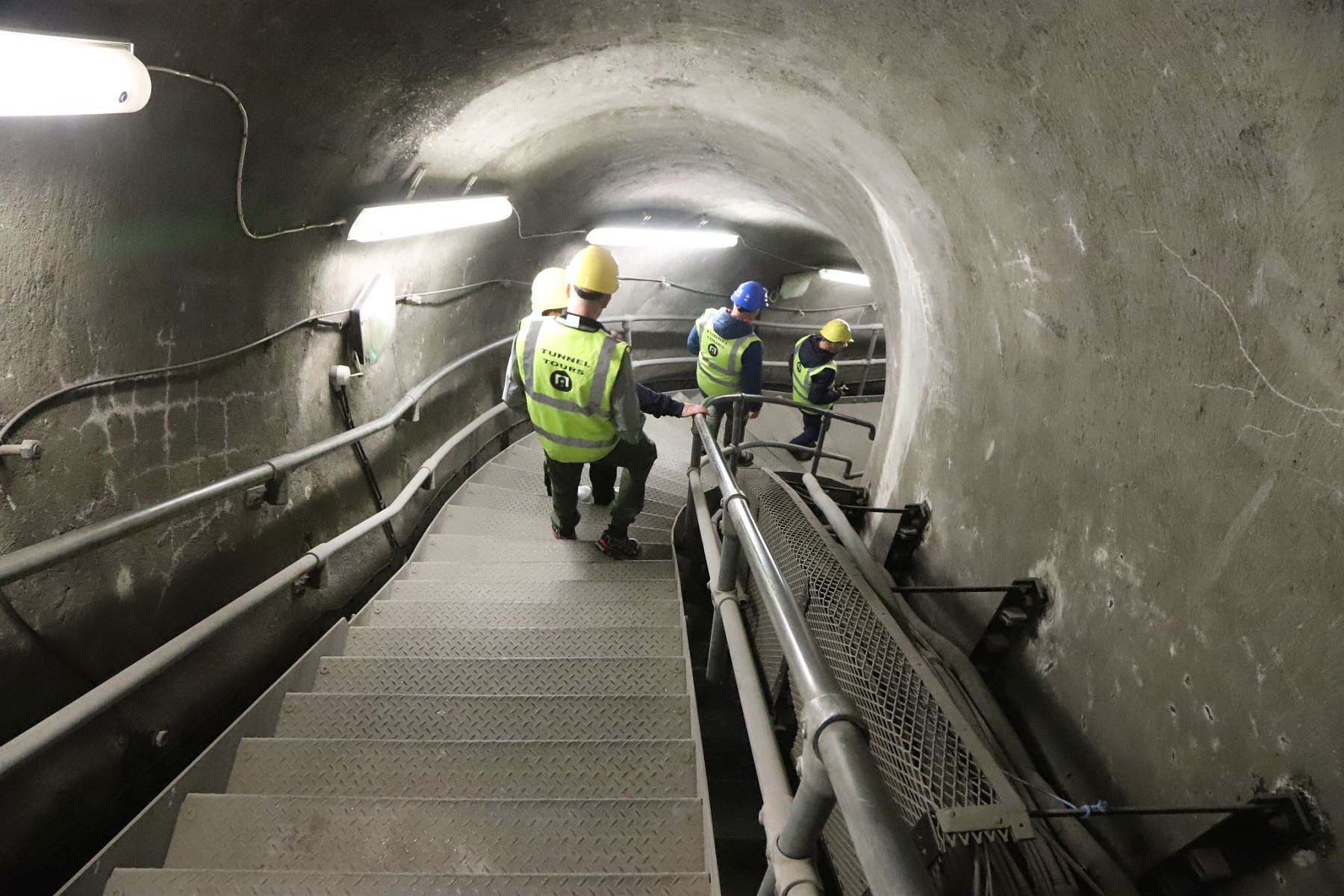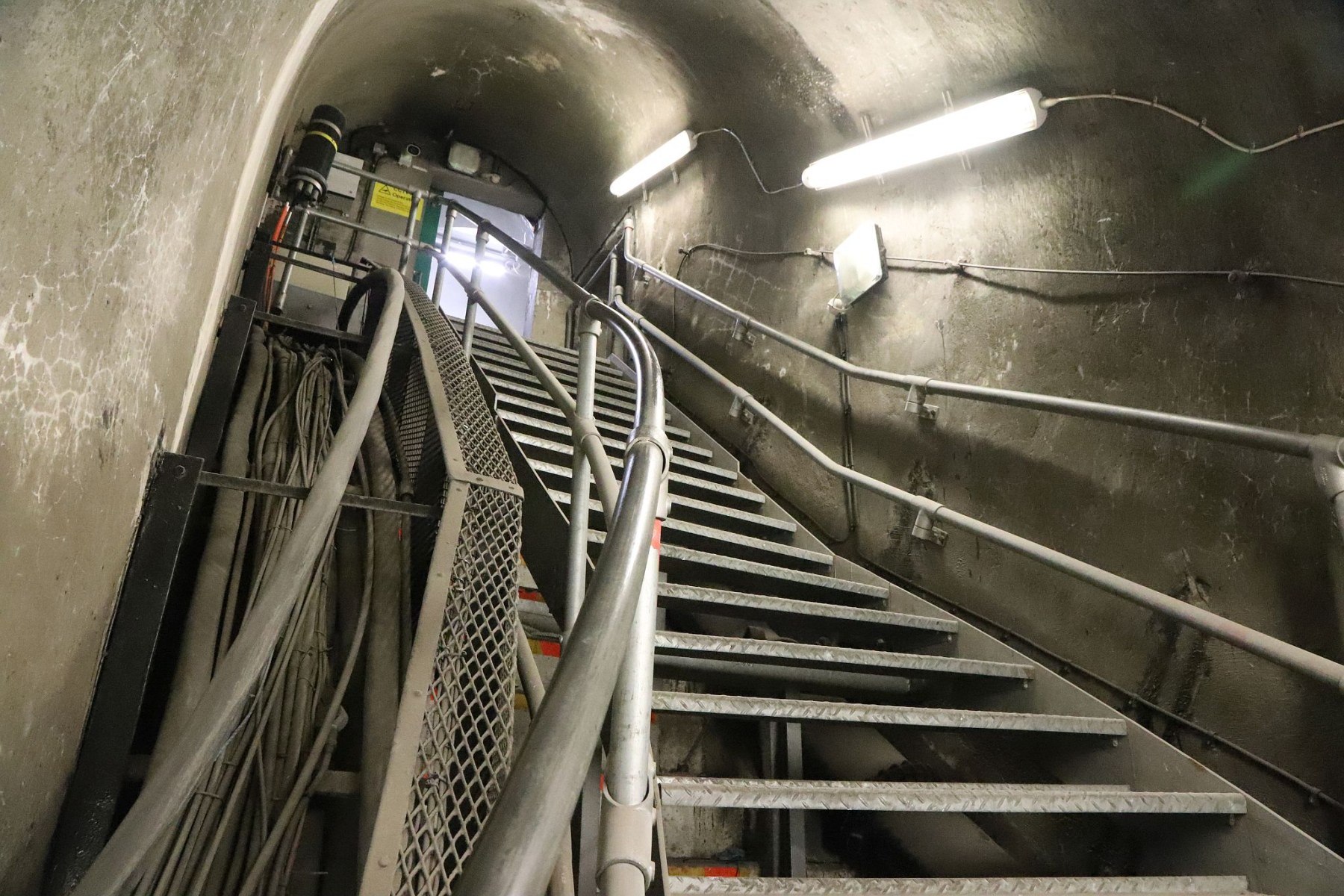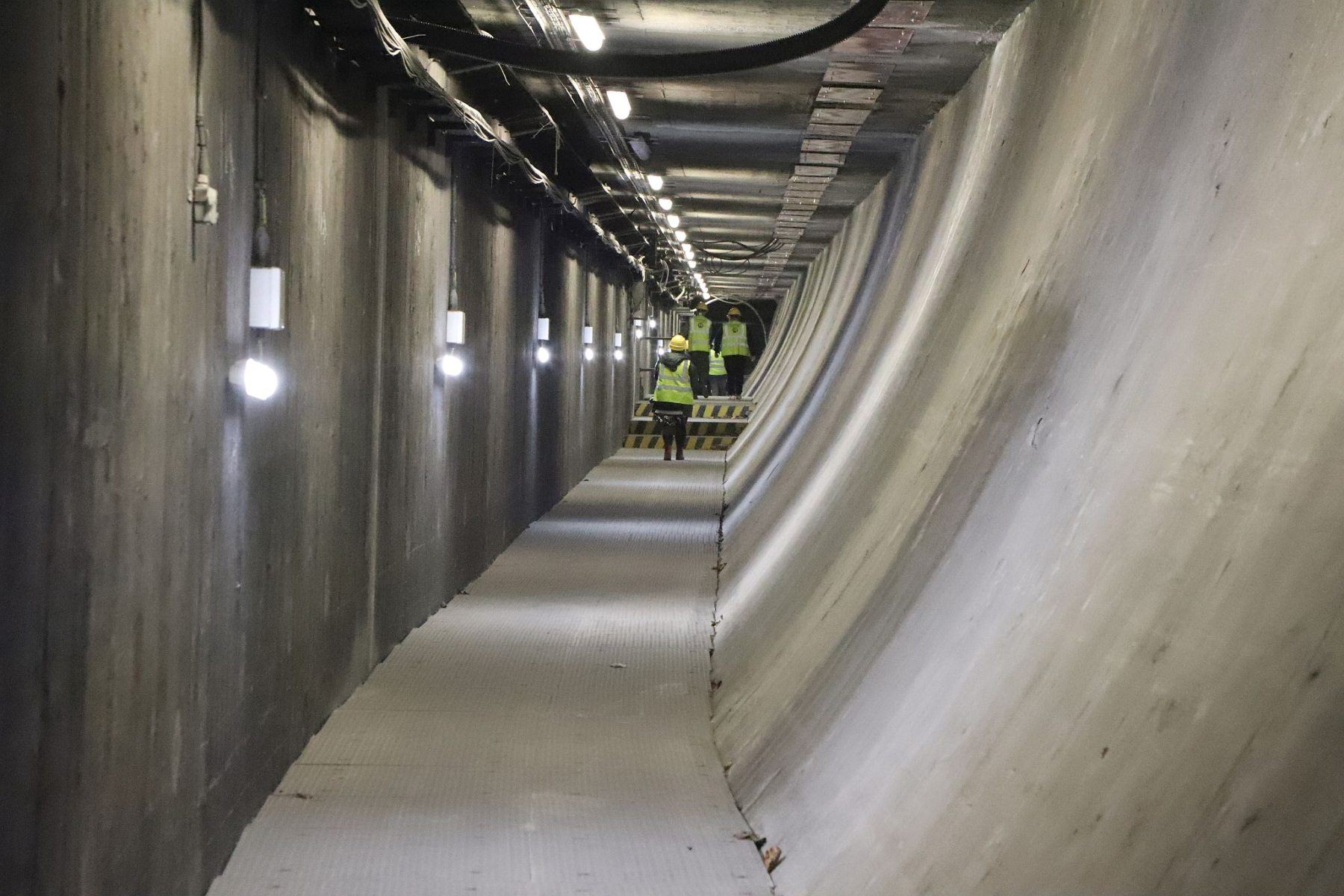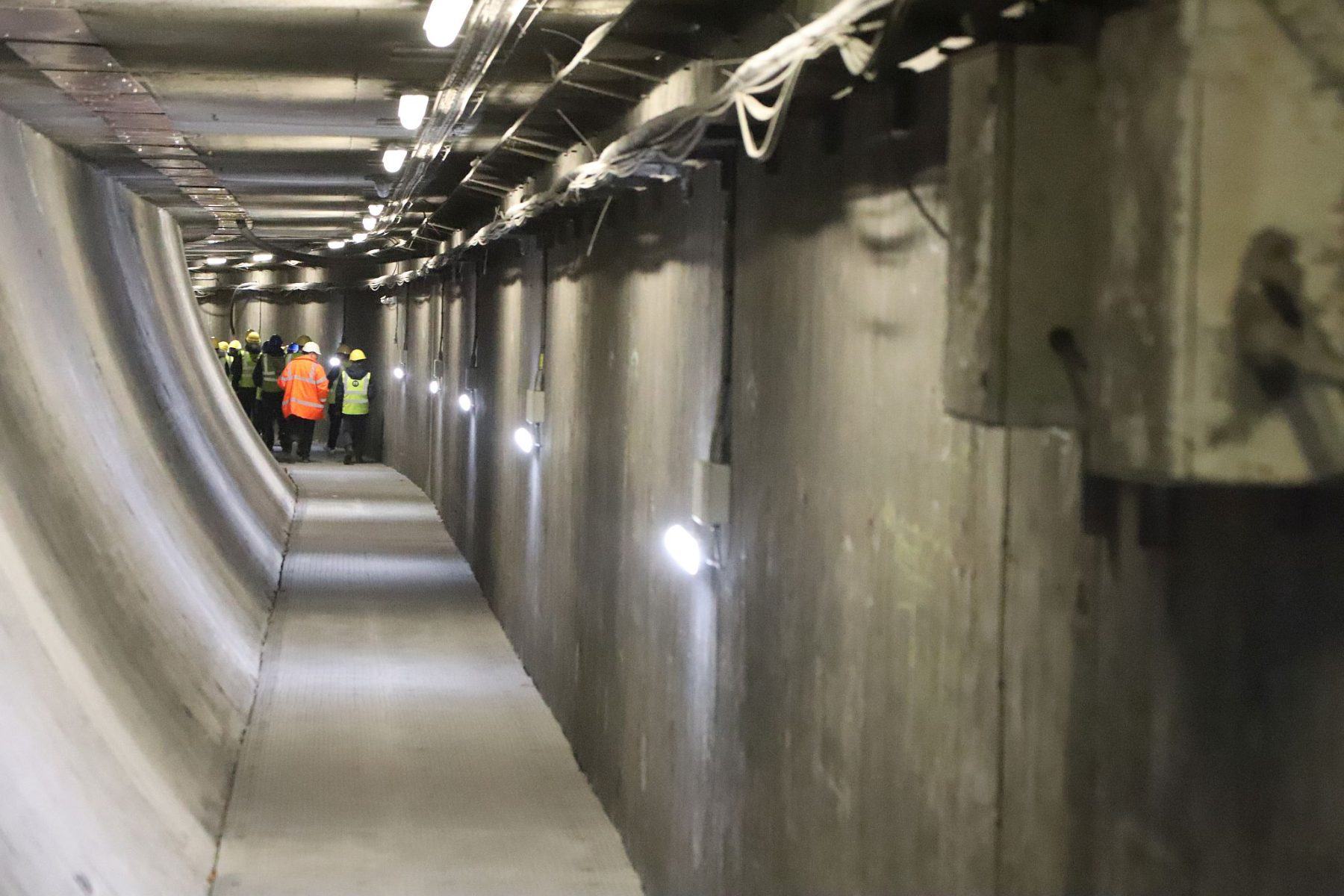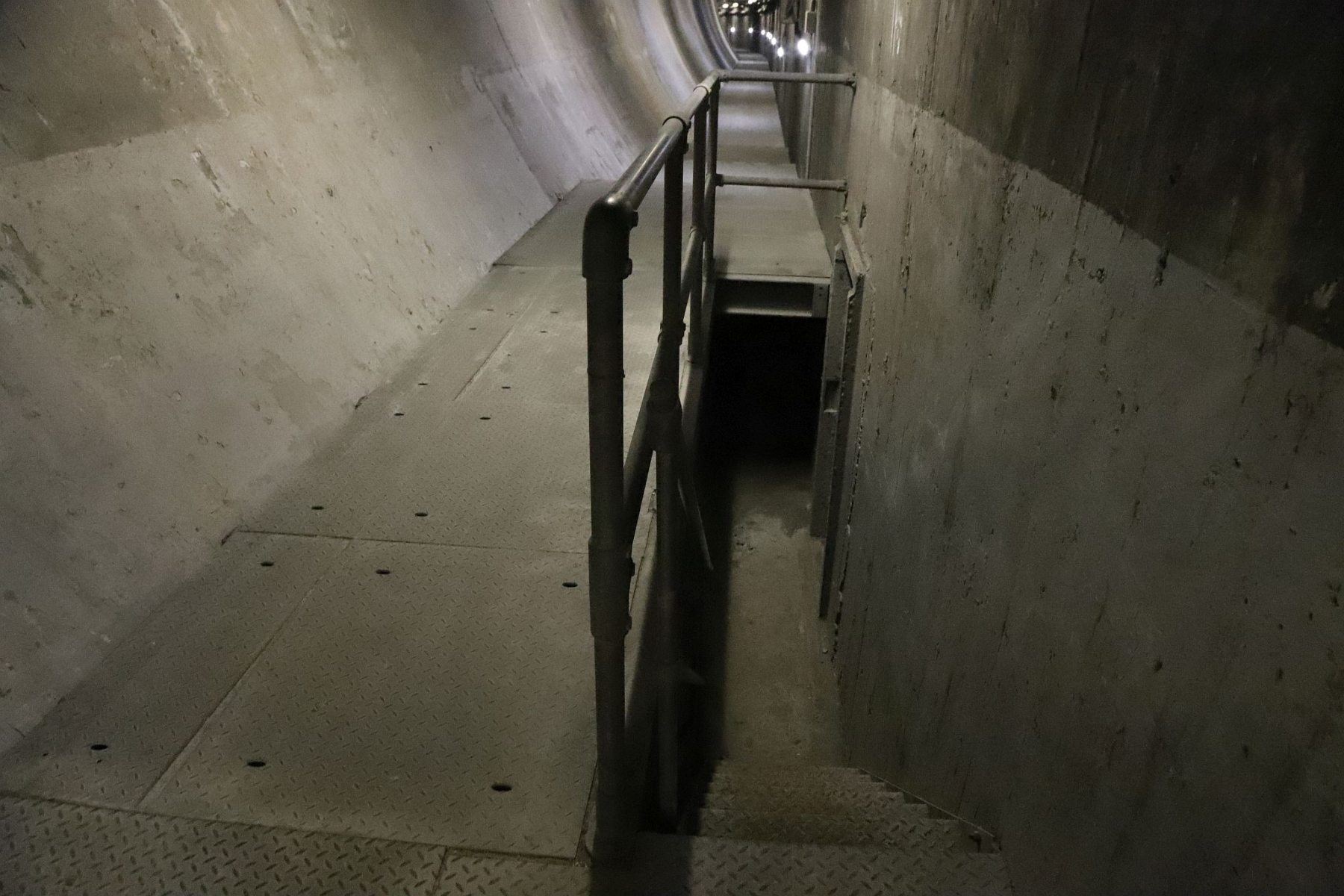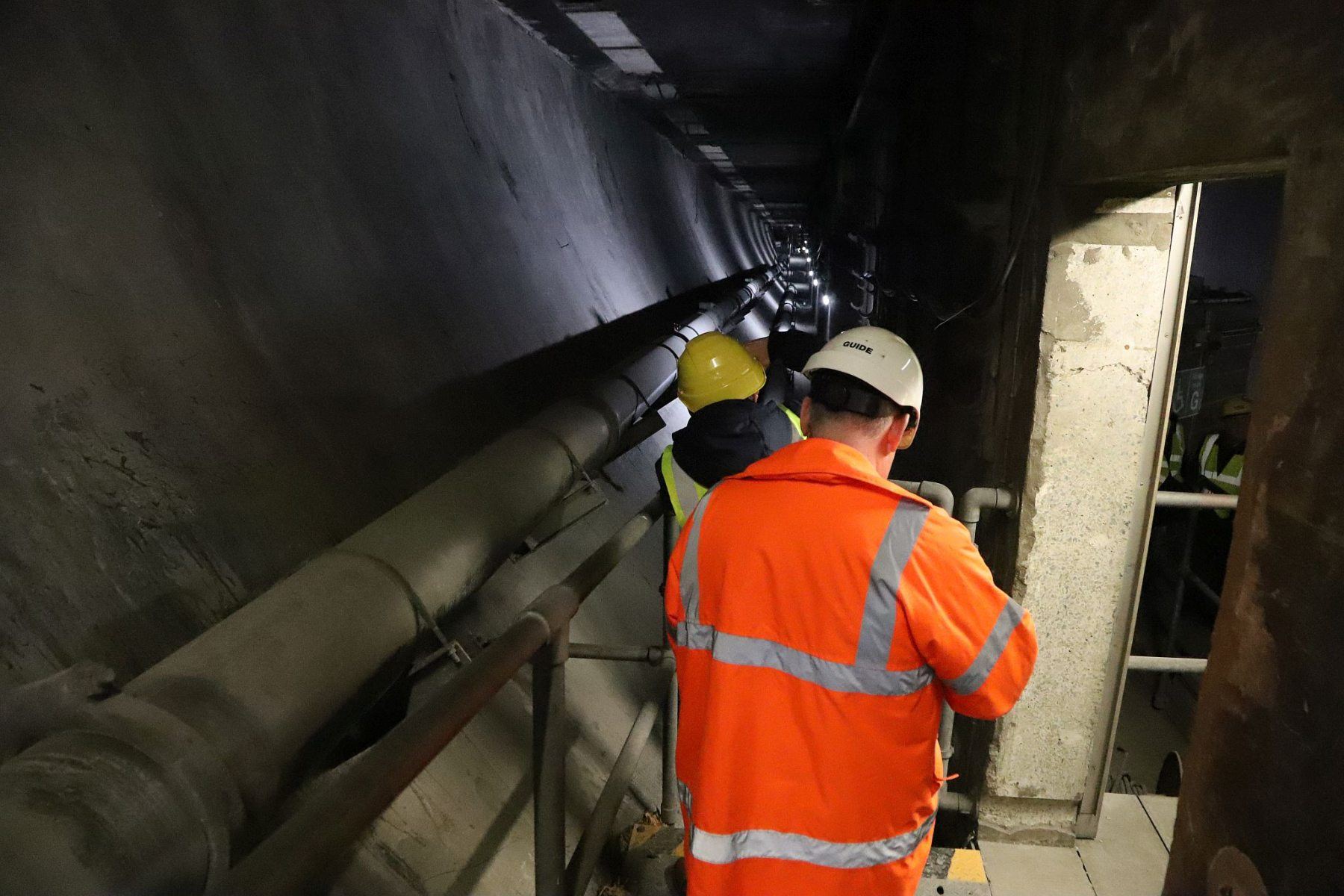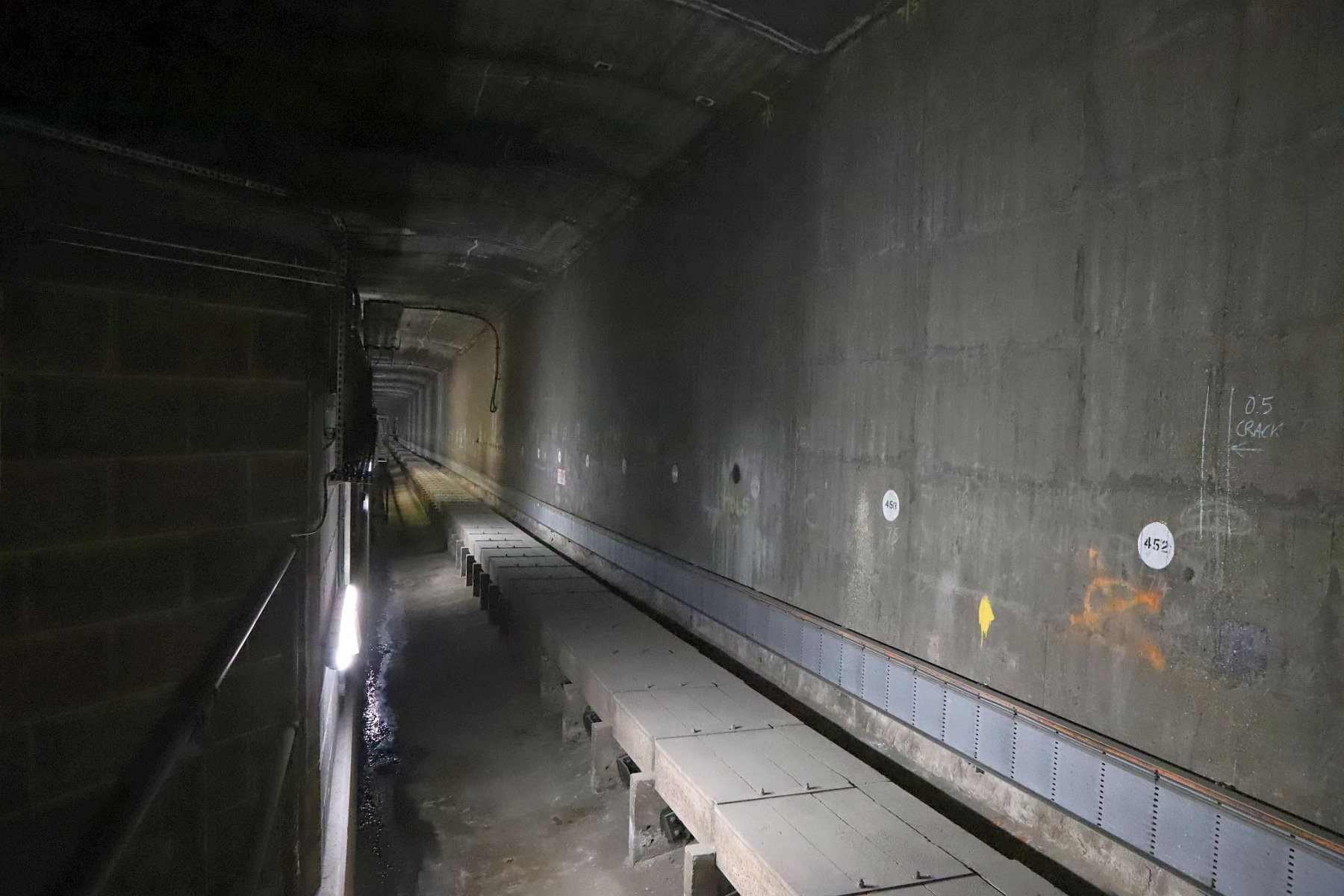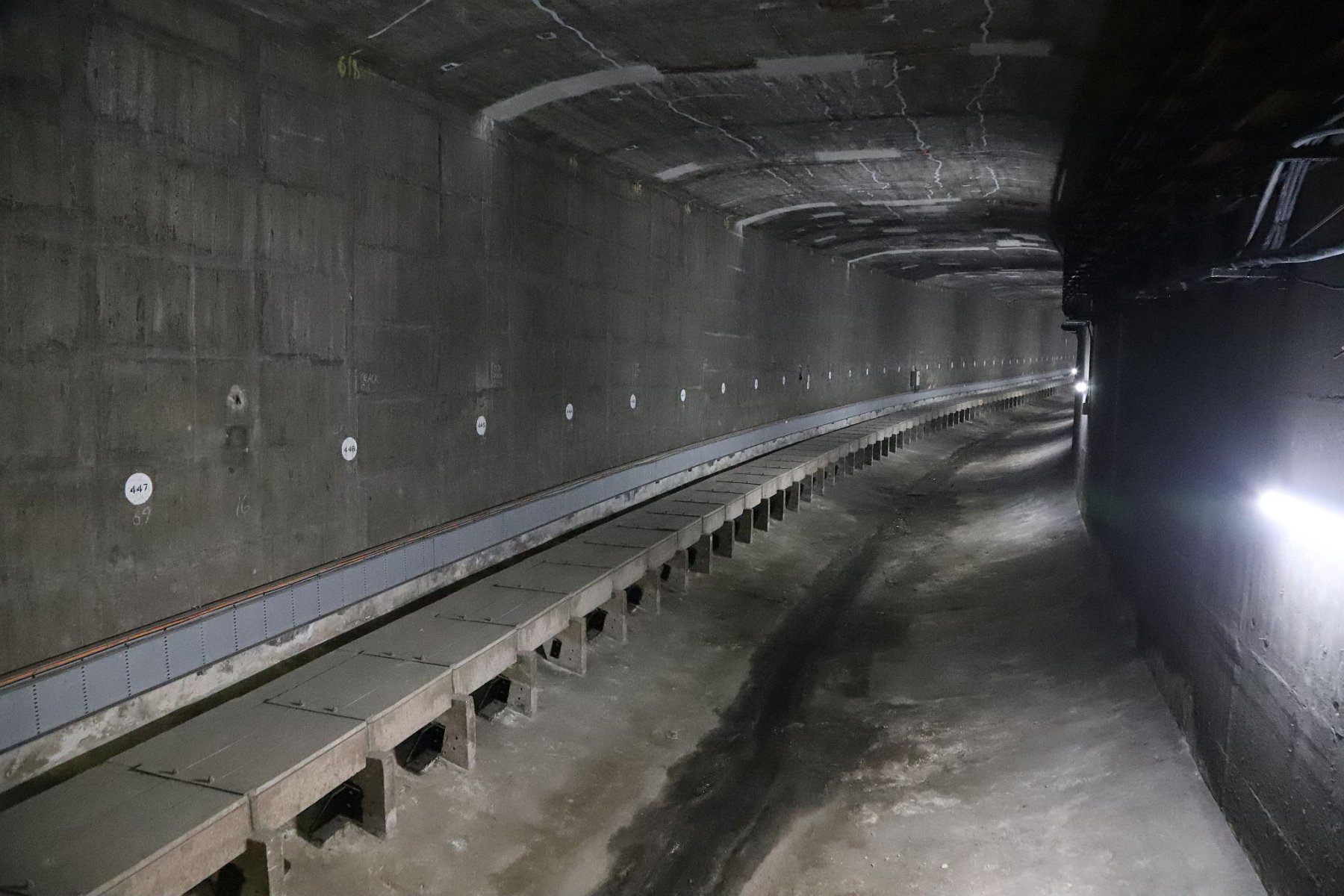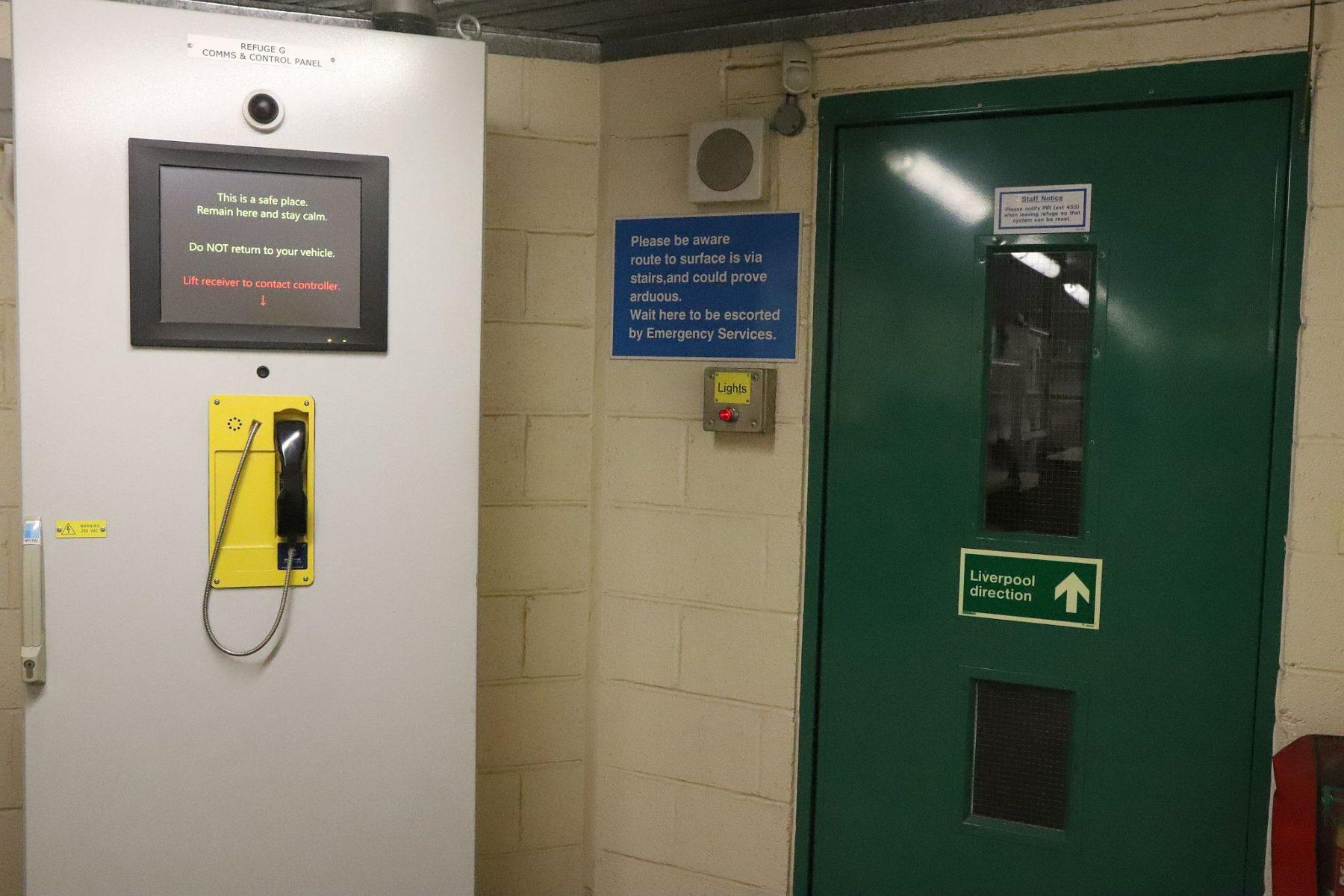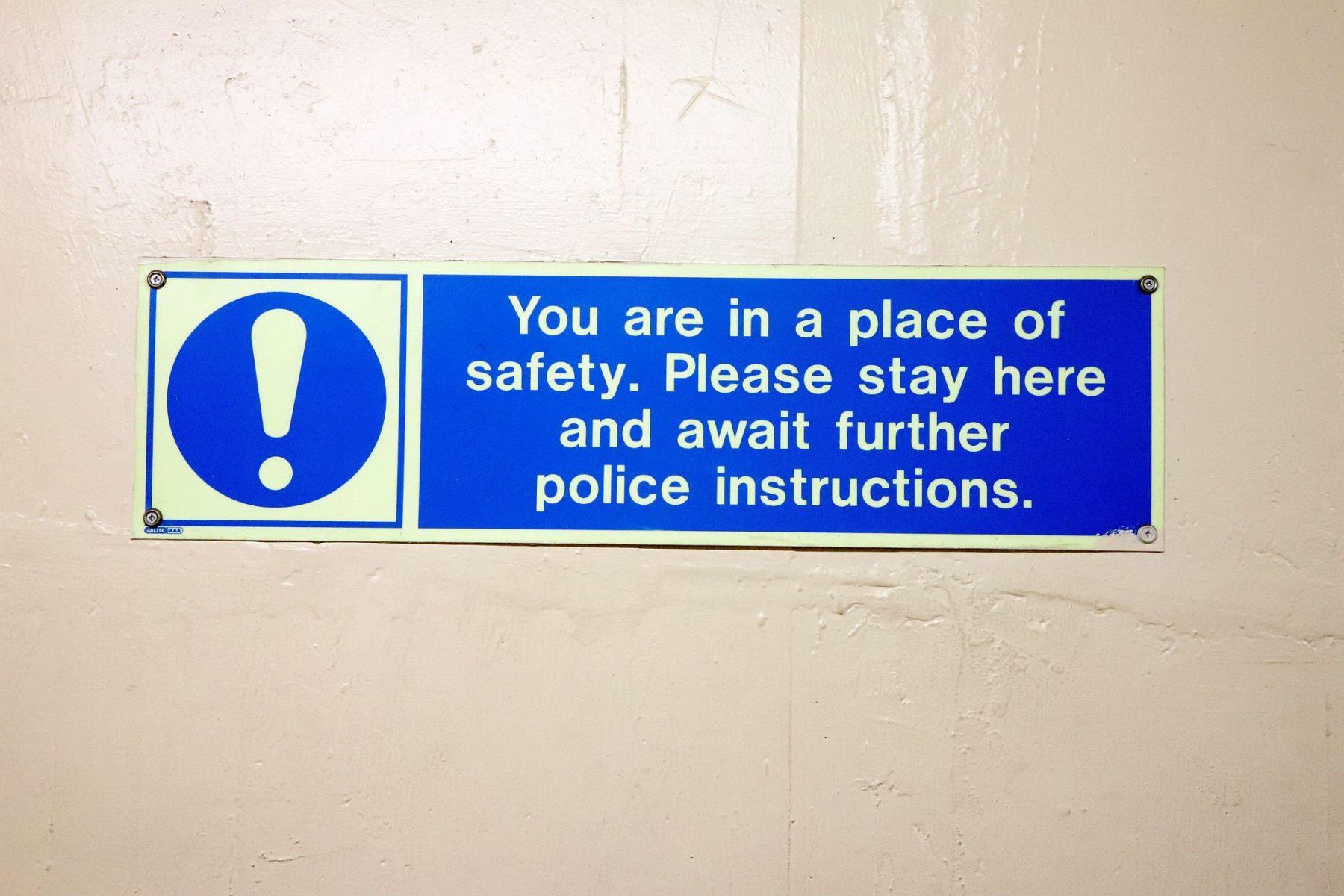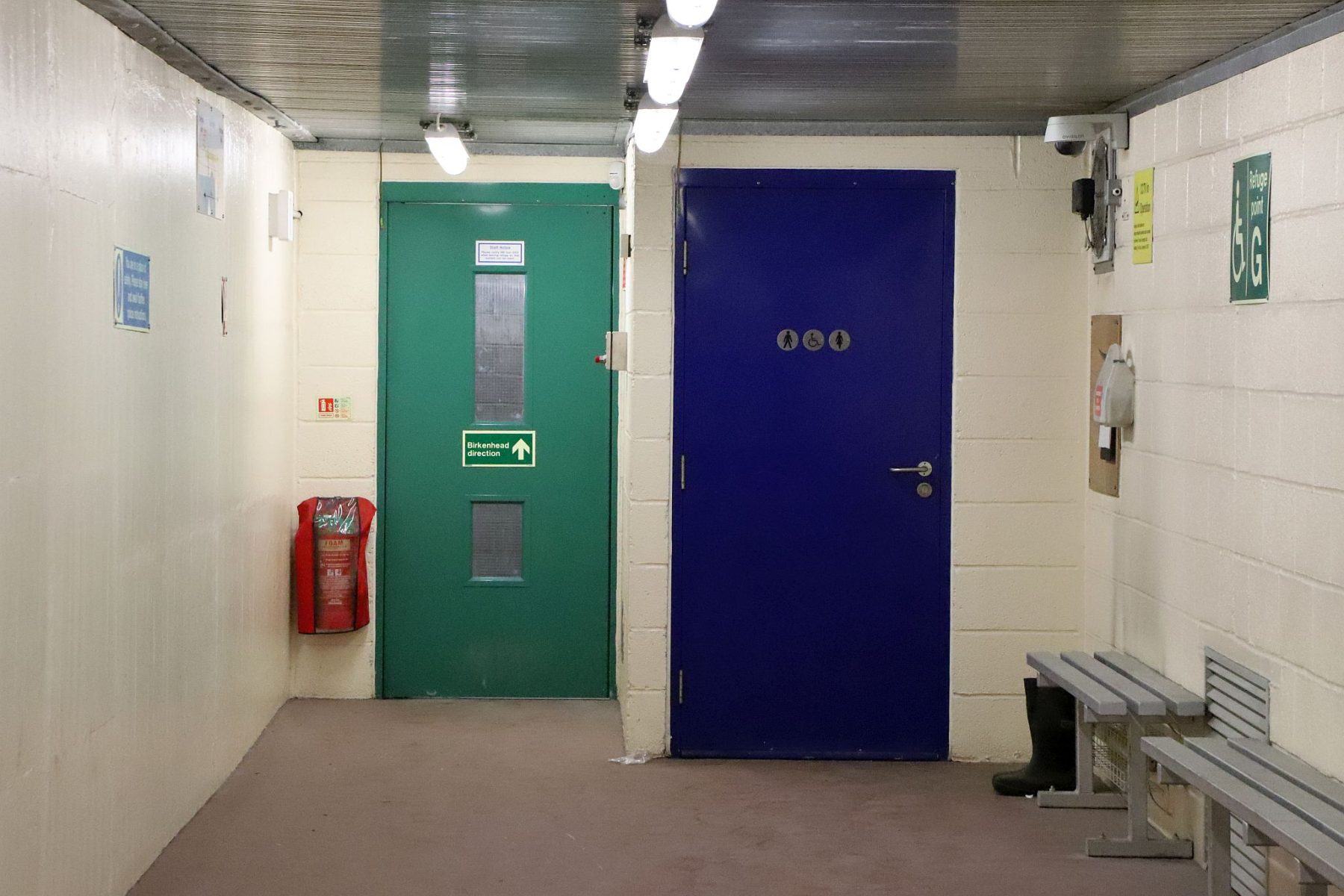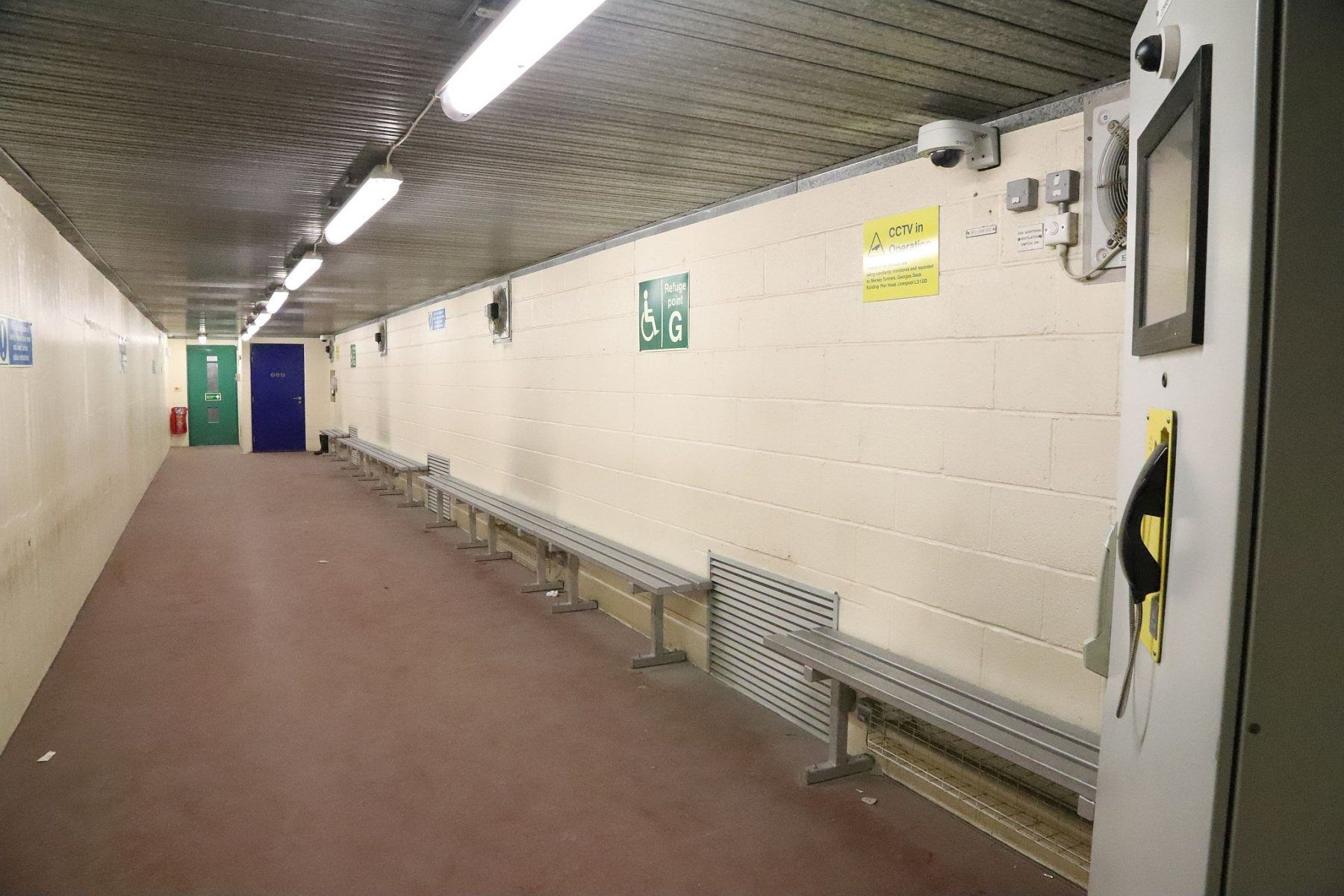Liverpool Queensway Road Tunnel Visit
There are three transport tunnels which link Liverpool, under the River Mersey, with the Wirral. The oldest is the Mersey Railway tunnel, opened in 1868 from Liverpool to Birkenhead. The Kingsway Tunnel, better known locally as the Wallasey Tunnel, opened to road traffic completely in 1974.
The middle tunnel, both in age and physical position, is the Queensway Tunnel, the road tunnel known to all locally as the Birkenhead Tunnel, which opened in 1934. Anyone from the Merseyside area will tell you the Queensway tunnel was opened by King George V and the Kingsway Tunnel was opened by Queen Elizabeth II.
Merseytravel, the operators of the tunnels, take small groups for tours of the Mersey tunnel in Liverpool. The tour guides showcase the ventilation system and original control room in Liverpool before the tour then descends deep underground. After a quick view of the traffic in the Liverpool tunnel, the tour then heads deeper for some more surprises.
The meeting point for the Mersey Tunnel tour is at the South West Corner of the ventilation shaft in Georges Dockway, a couple of roads back from the world famous Liverpool Pier Head.
On this page, my virtual tours (just like Google Street View) have red borders. The pictures on the tour were taken on 9th February 2023 which was led by Billie and Phil, a very knowledgeable pair with a never ending supply of comedy lines in between the factual bits. They were excellent.
The Control Room
The original control room maintained safety in the tunnel from its opening in 1934 to relatively recently. The replacement control room uses networked sensors rather than having each sensor hard wired to a reporting position on a physical control board.
The Incident Log Books For The Tunnel
The books had been left open at mid-May in 1986 when a car had a barrier at the toll booth come down on its roof before it had driven through after paying.
The Road Tunnel
Through the green doors of the horizontal tunnel lay the main road tunnel. Local buses are the only large vehicles now allowed through the tunnel. The buses have to stay in the second lane so they are in the largest part of the tunnel when it comes to going round the steep corners.
The Tram Tunnel
Beneath the road deck, the roof in these pictures, is the space in which trams were intended to run through. After objections from the railway and ferry companies who feared a drop in passengers, the idea was abandoned.
The space is now used to carry a 6,000 volt electricity cable and fibre optic communication cables across the river. The breeze block building is one of the refuges built to keep tunnel users safe in the event of a major incident which forced the evacuation of the tunnel.
The Refuge
The seven refuges were built following the disastrous 1999 Mont Blanc Tunnel fire. The Mont Blanc tunnel was also a single tube (bore) which left survivors with no escape from the inferno and smoke. At one end of each refuge there is a ramp from road level down into the refuge. At the other end, a door opens into the tram tunnel.
